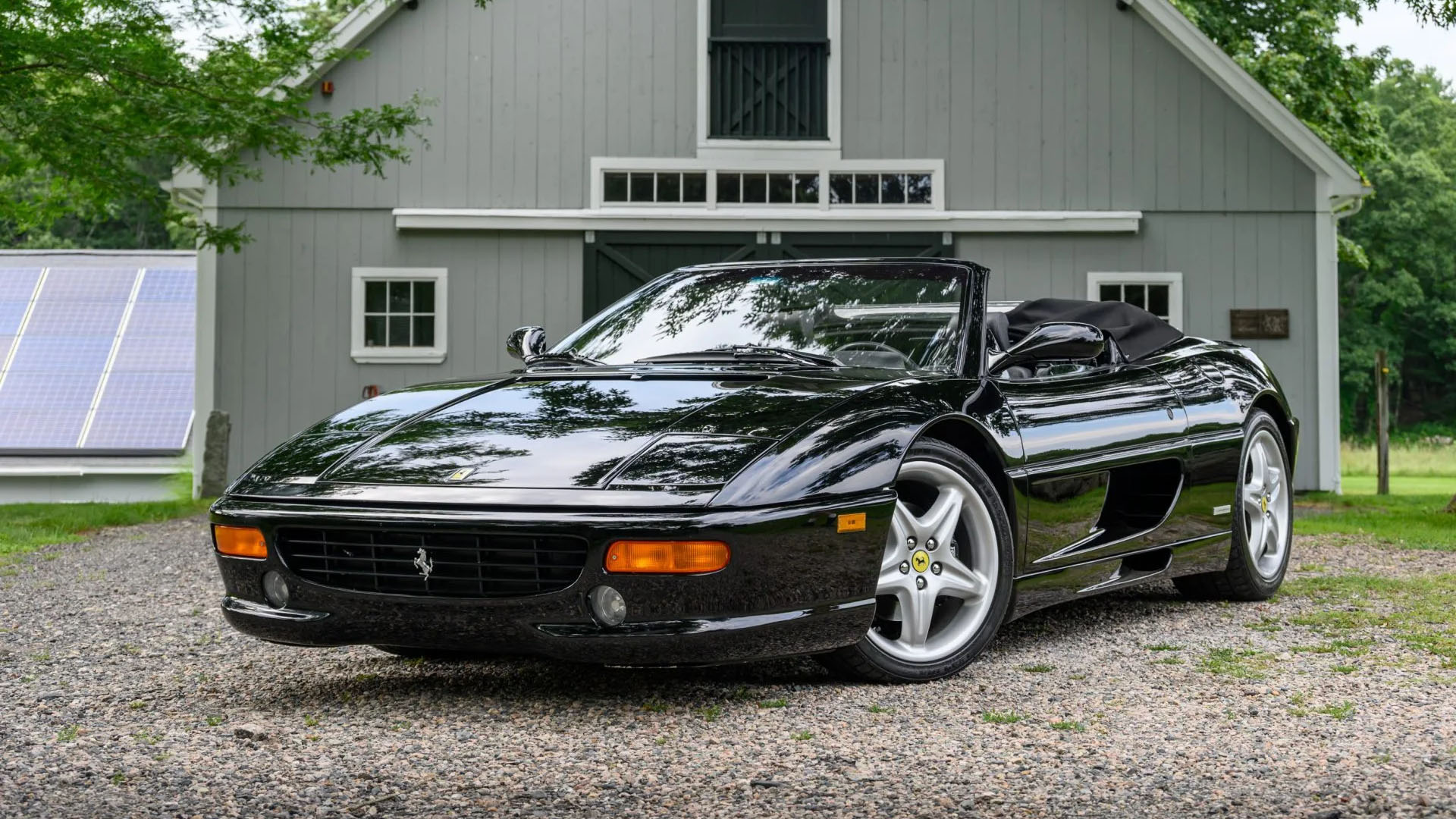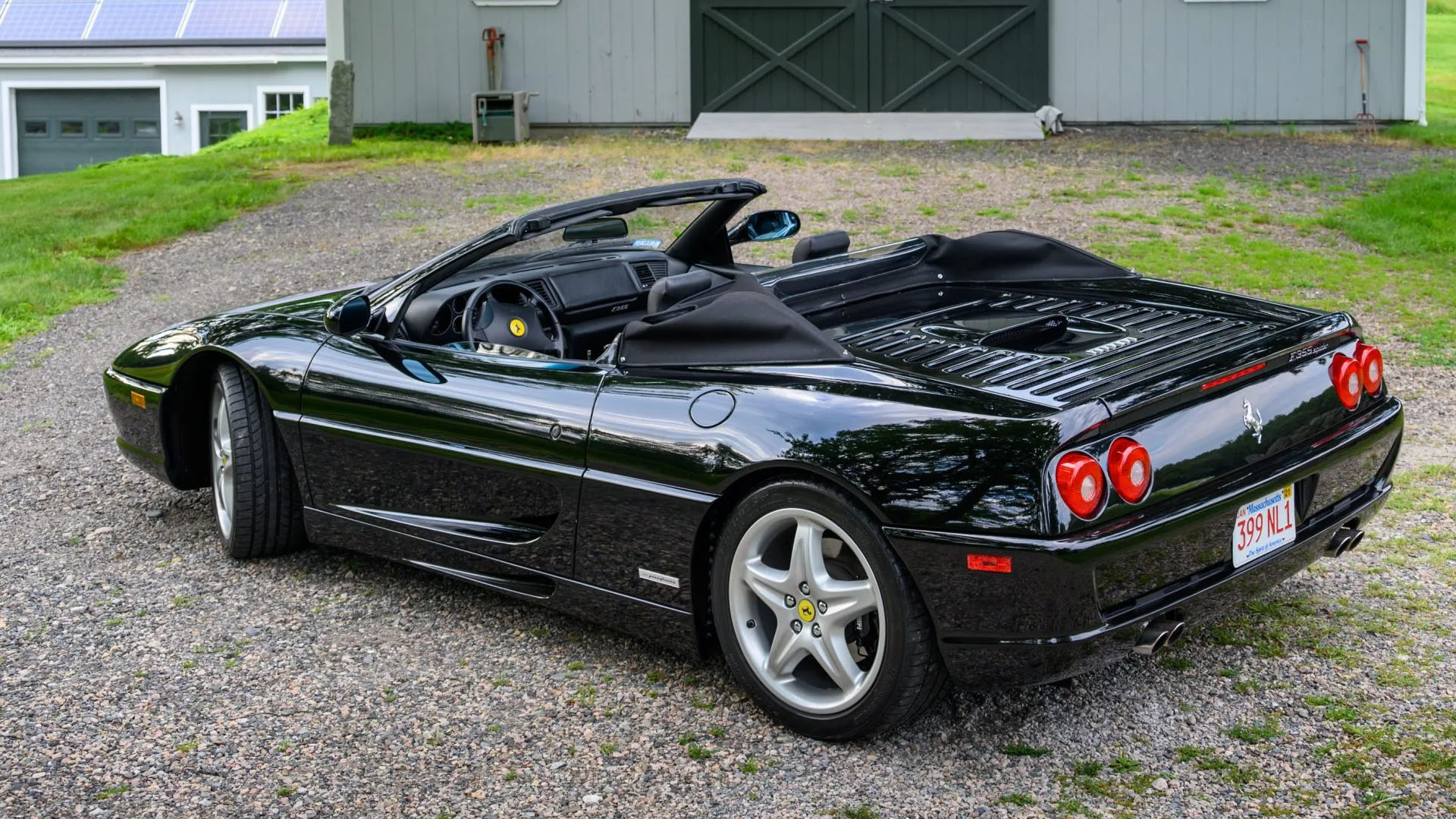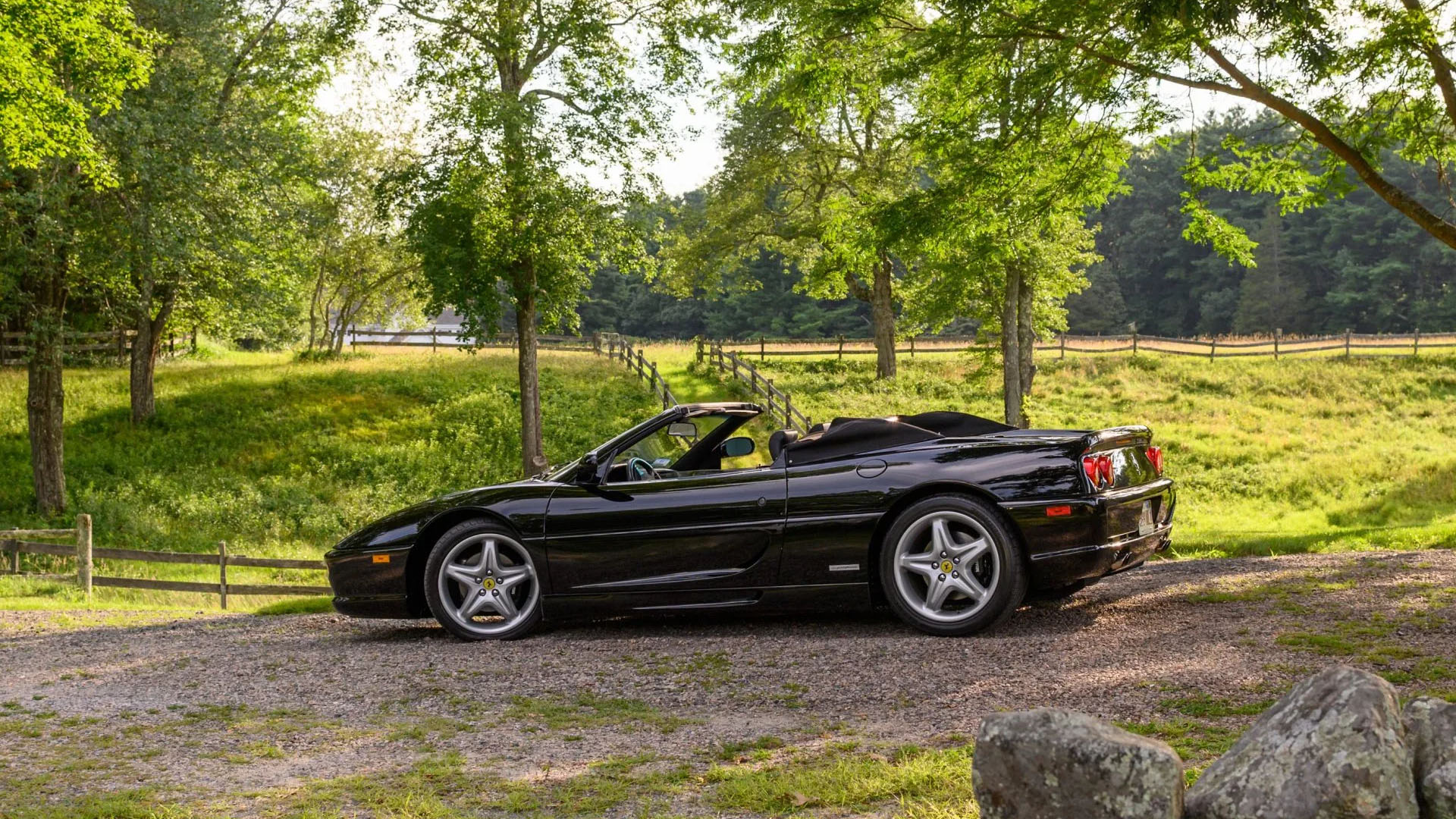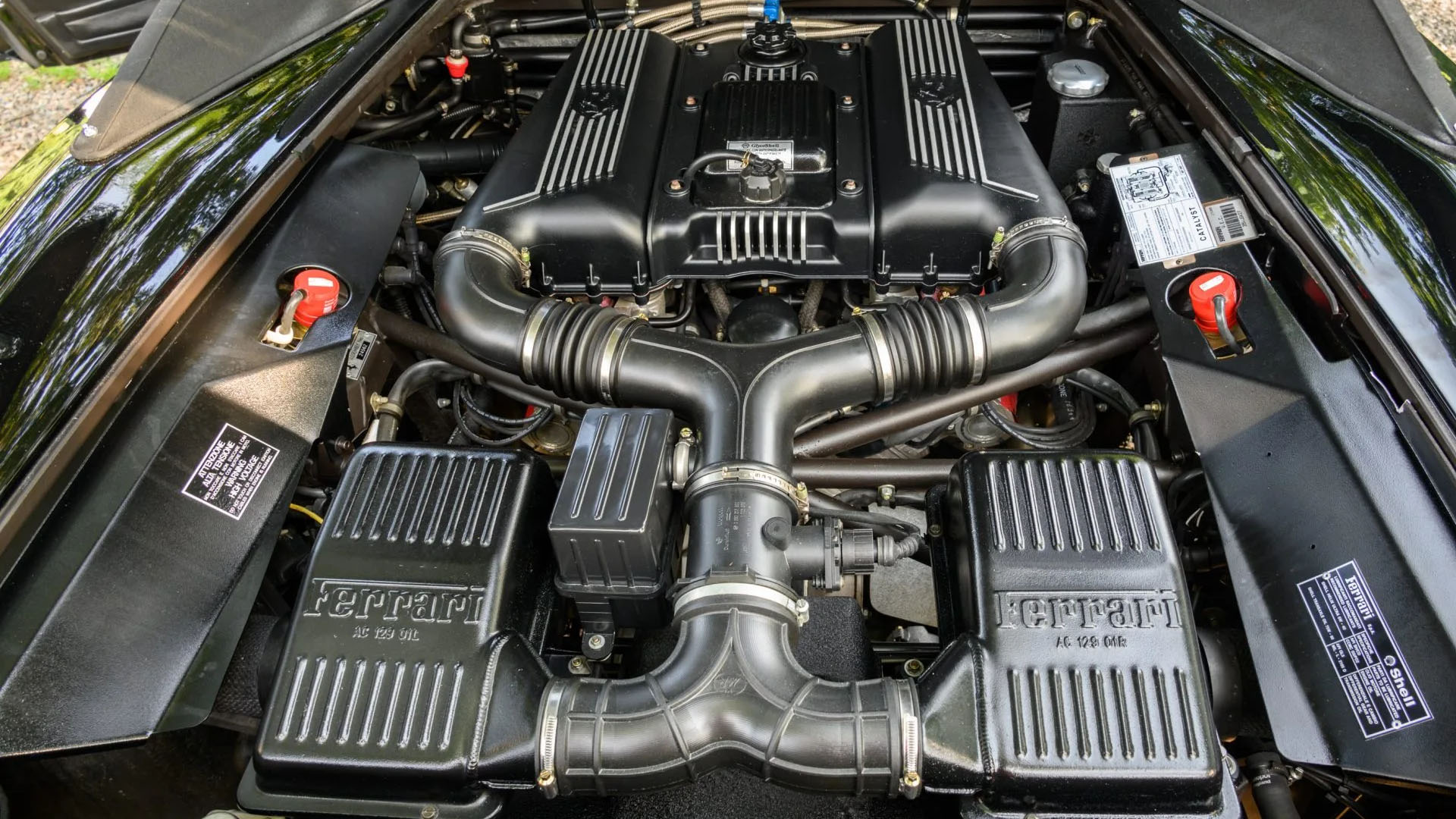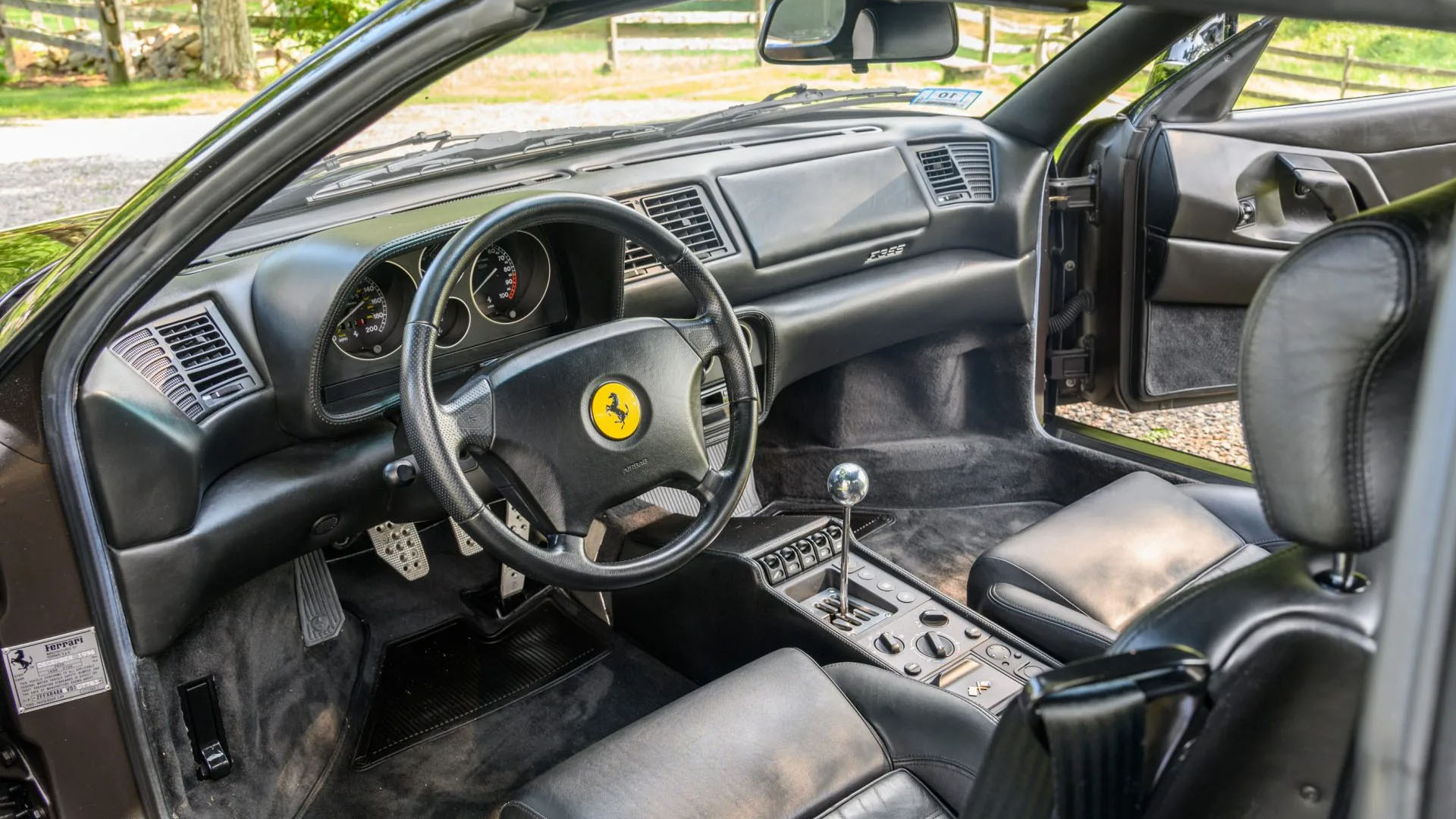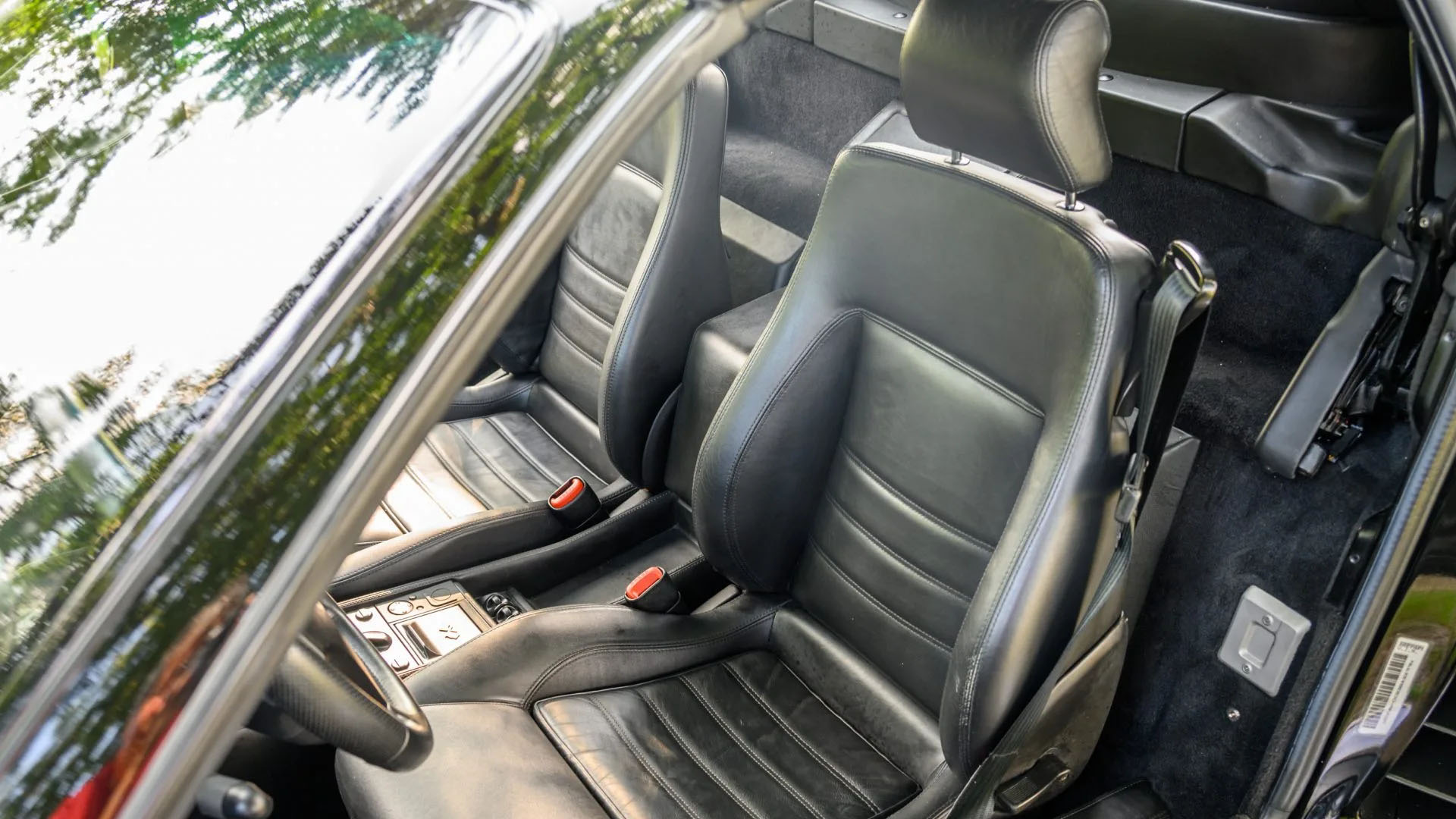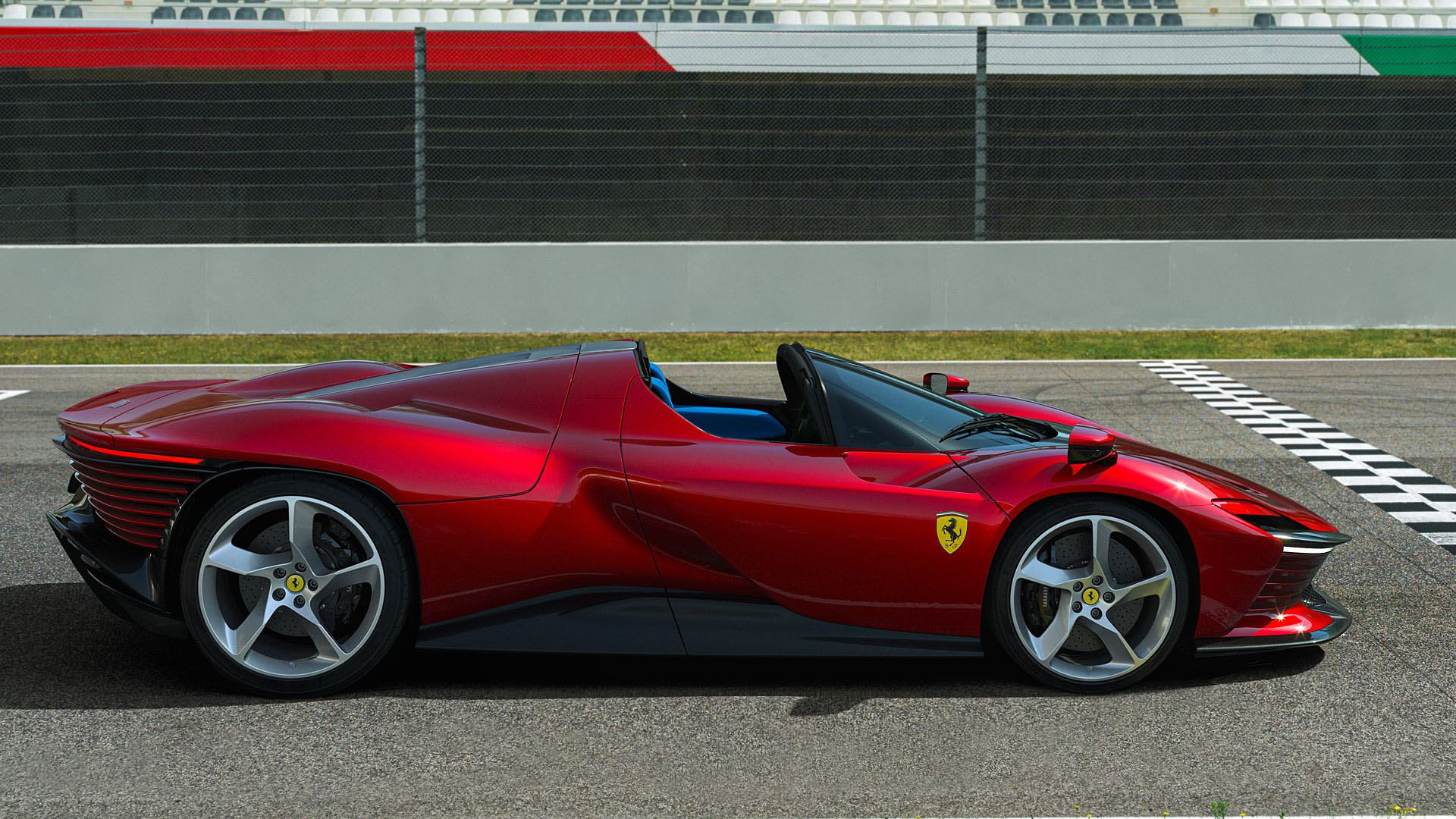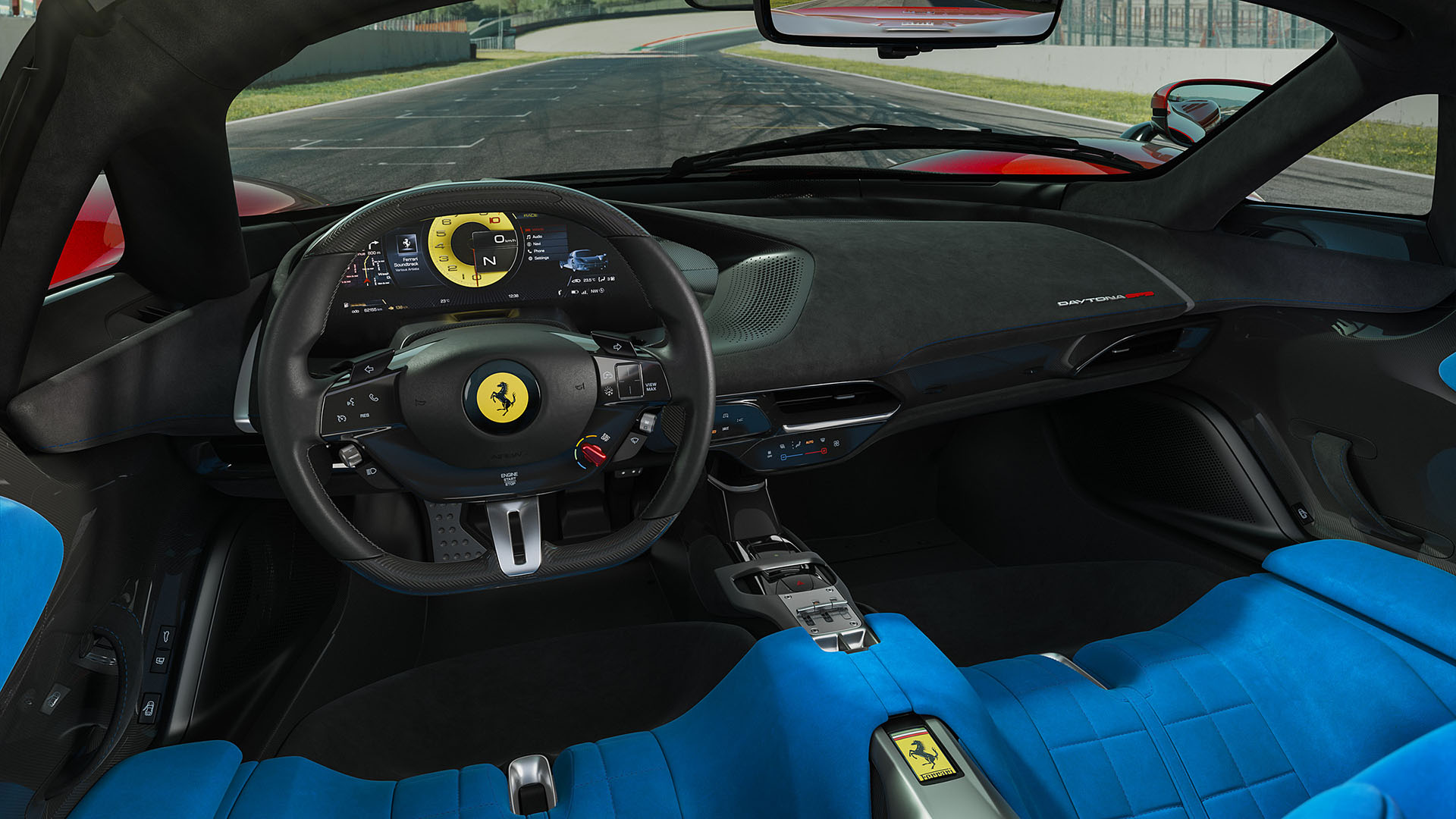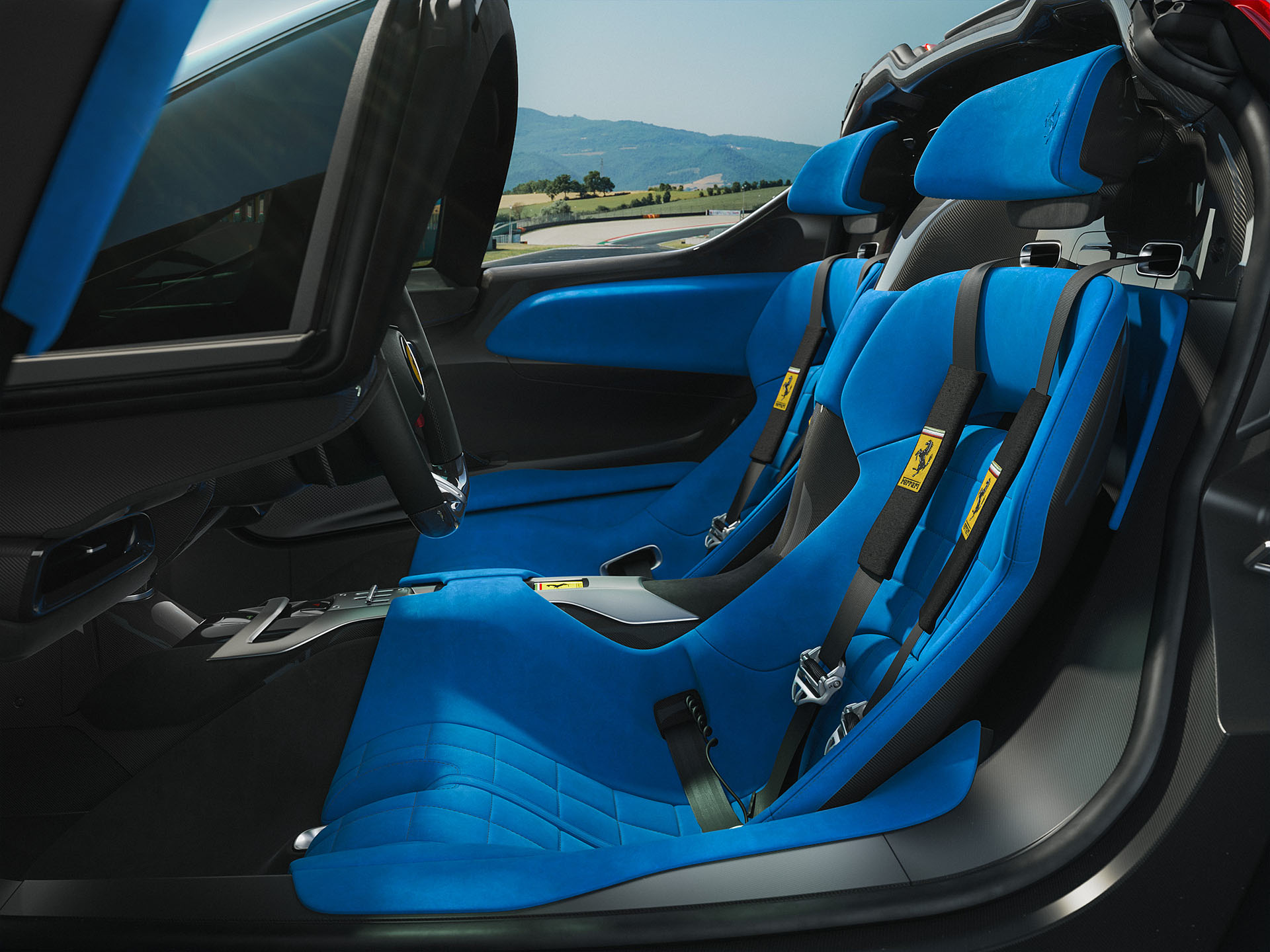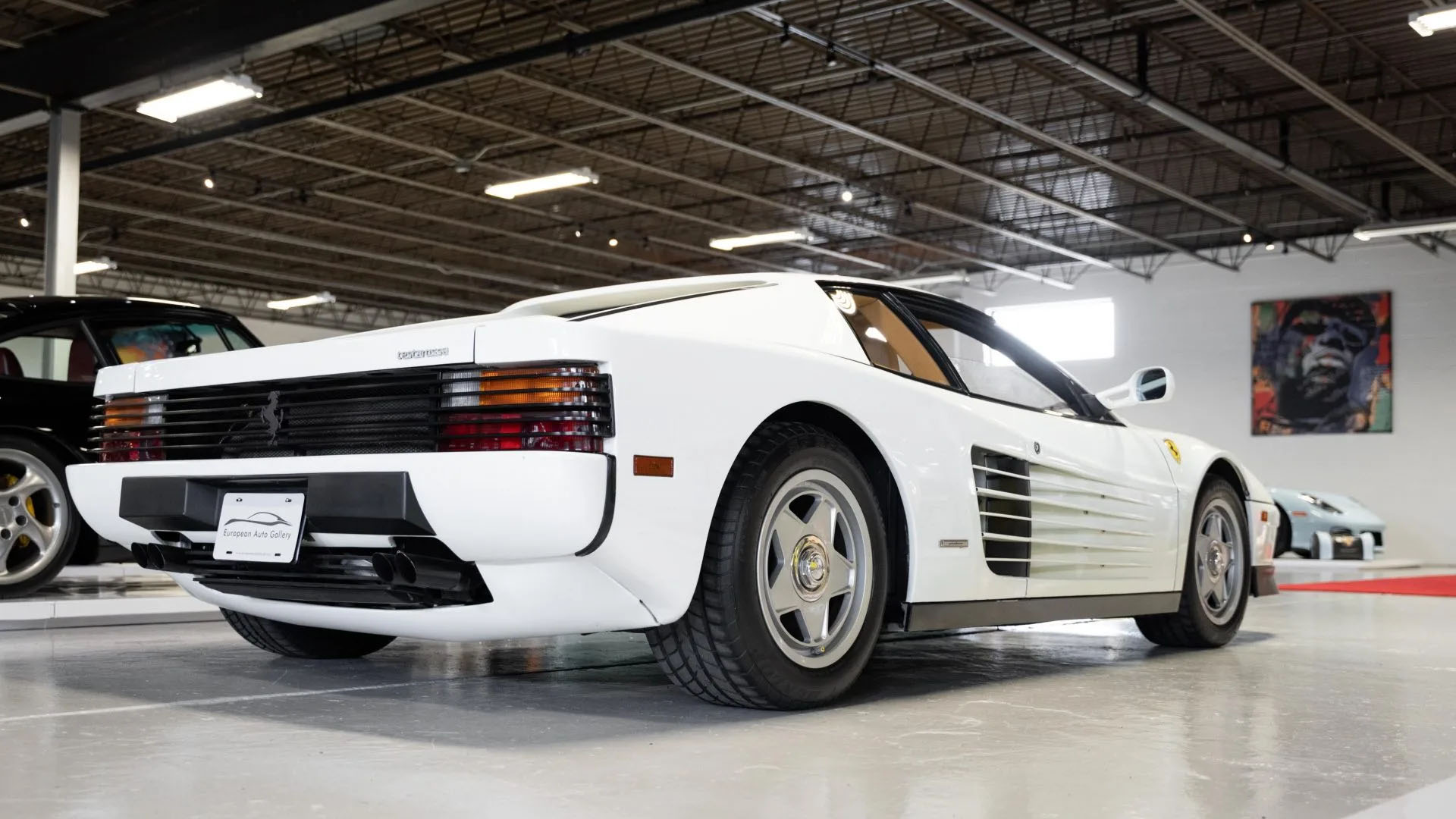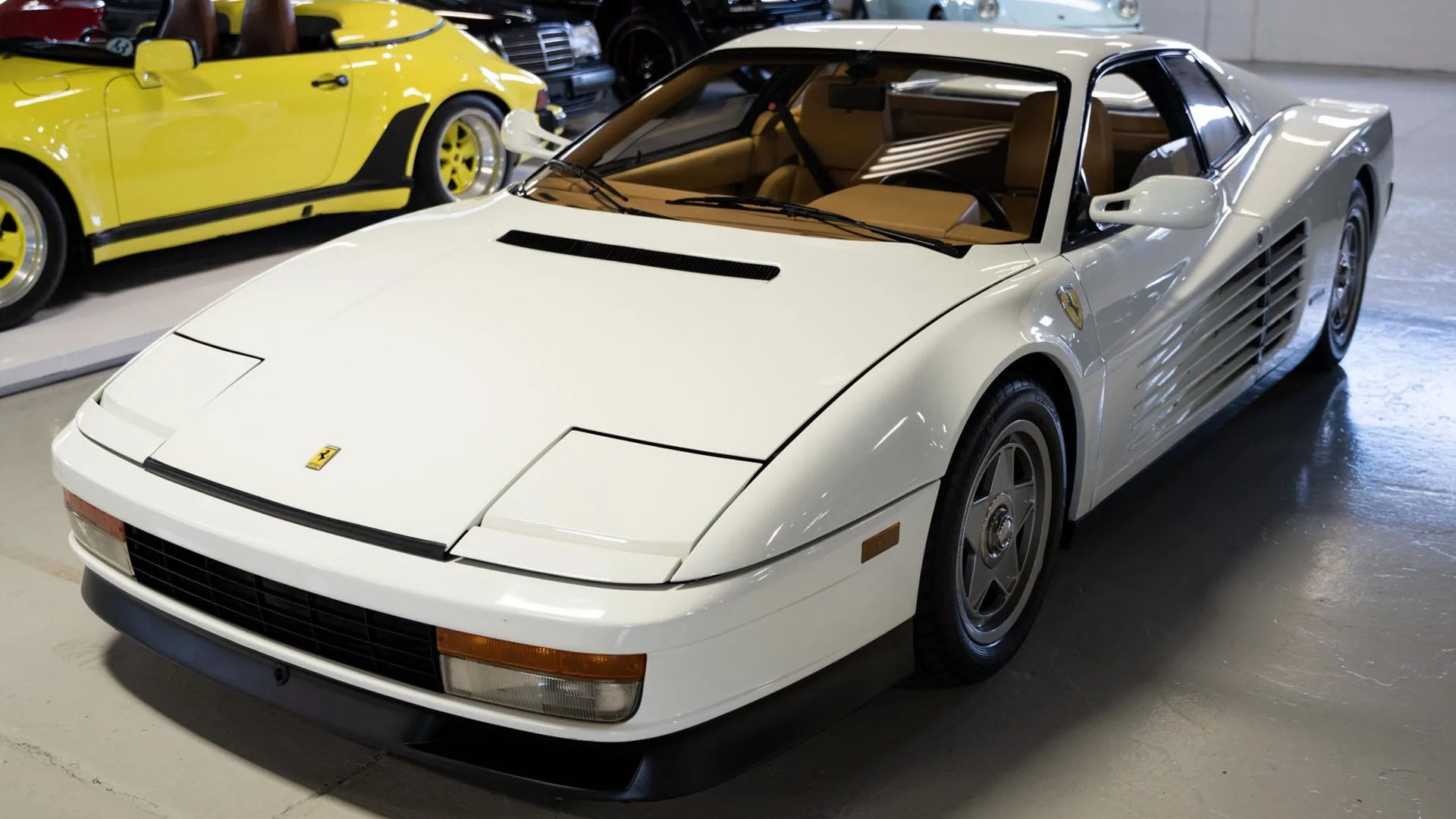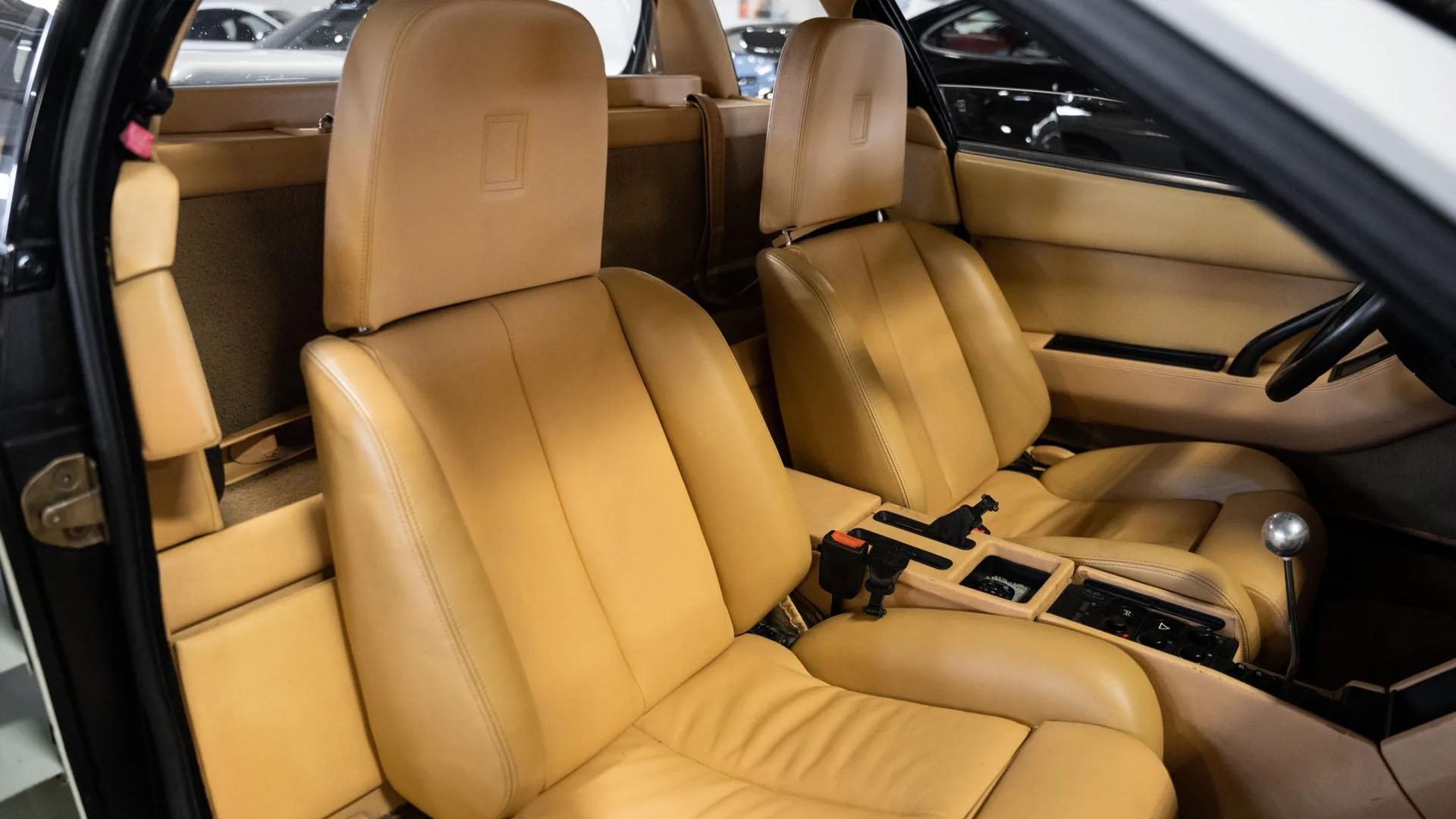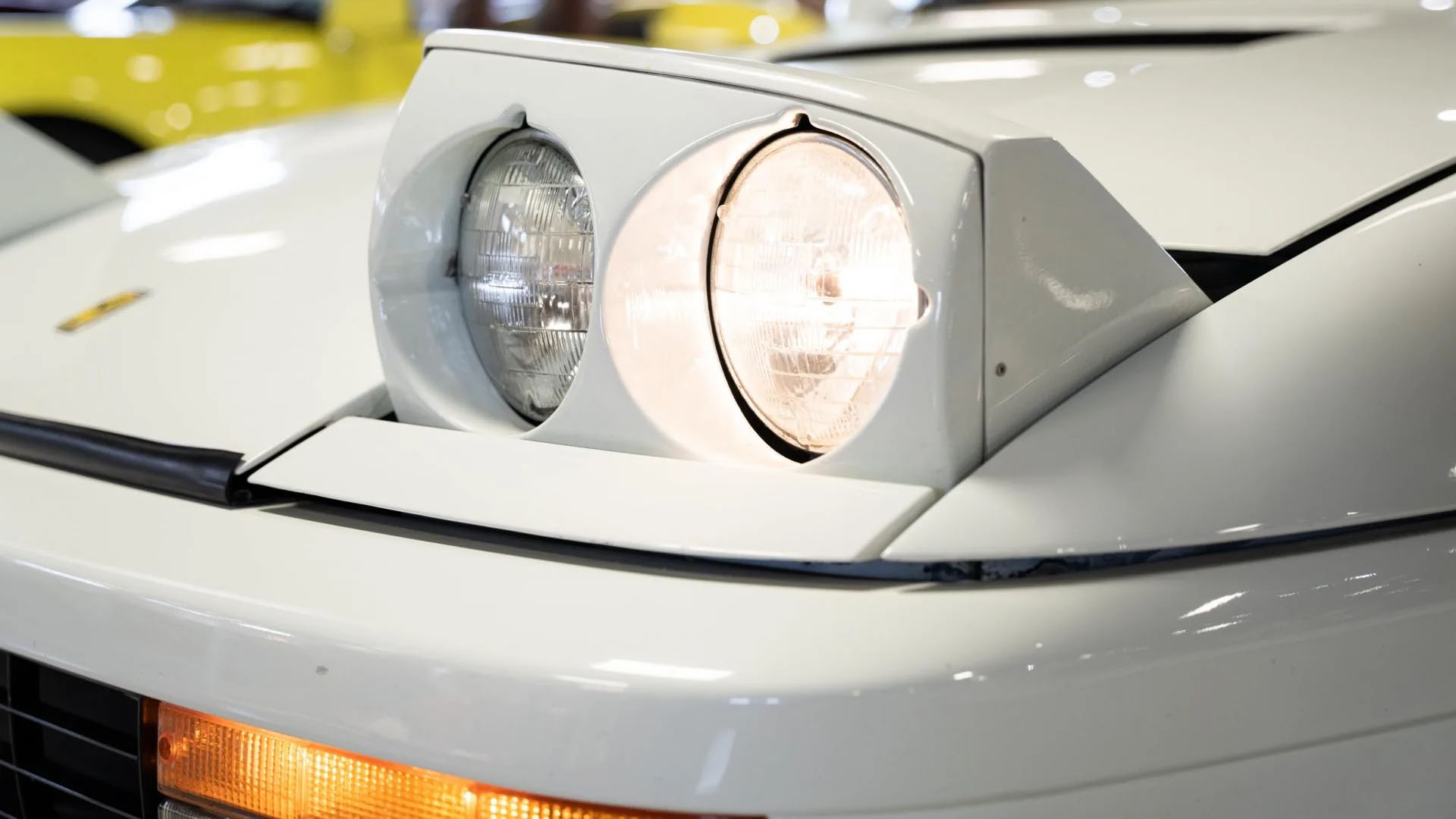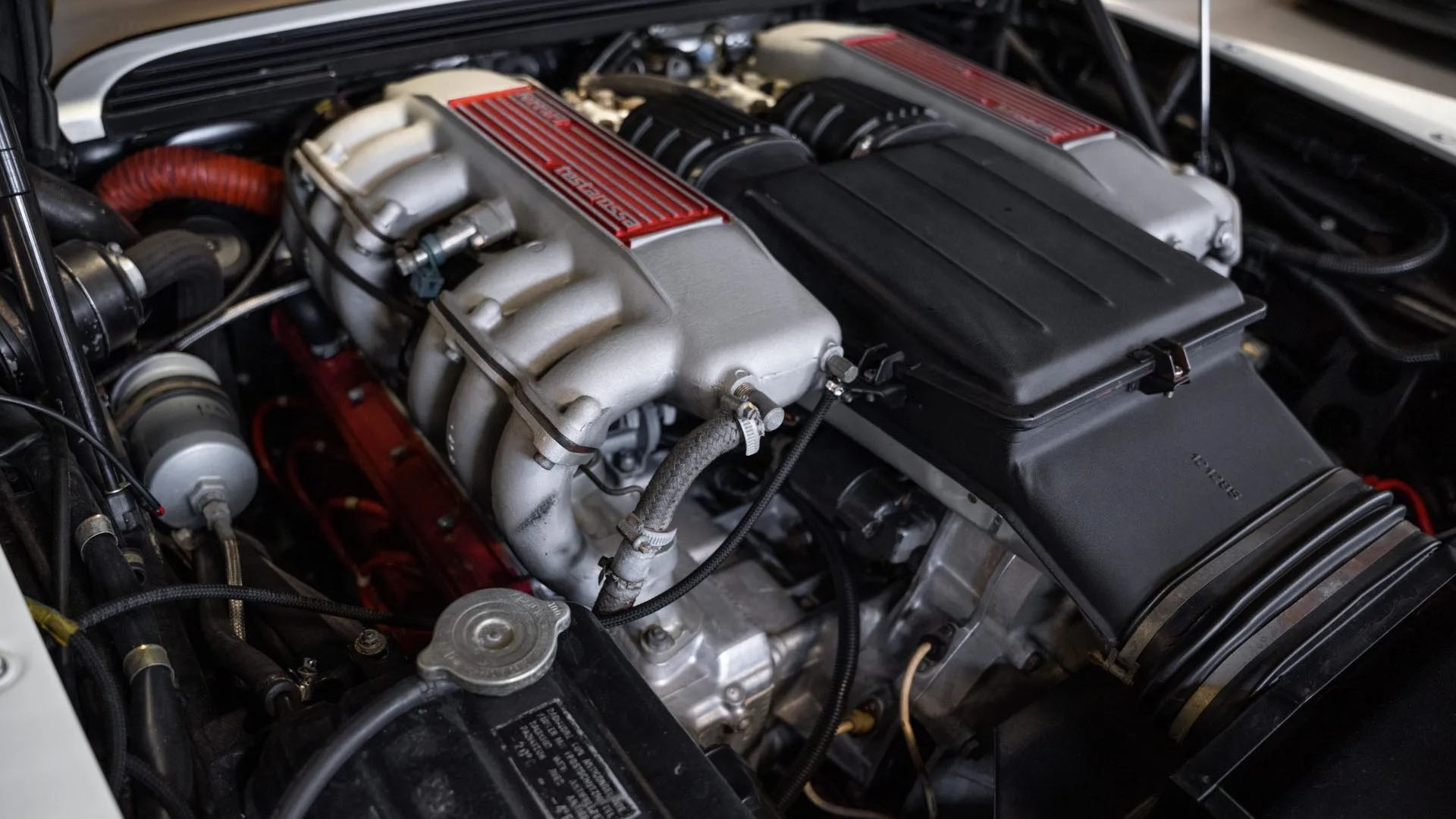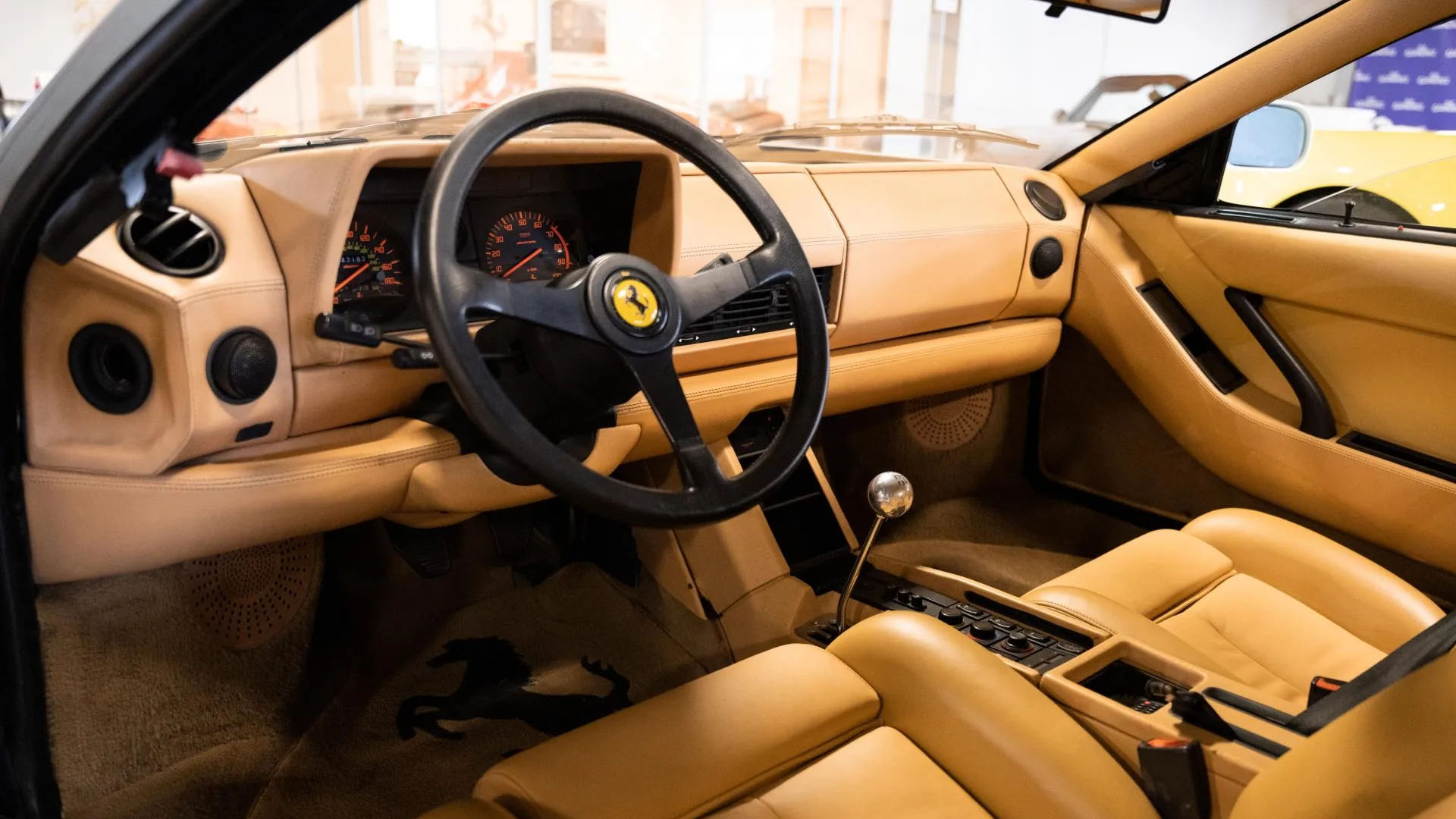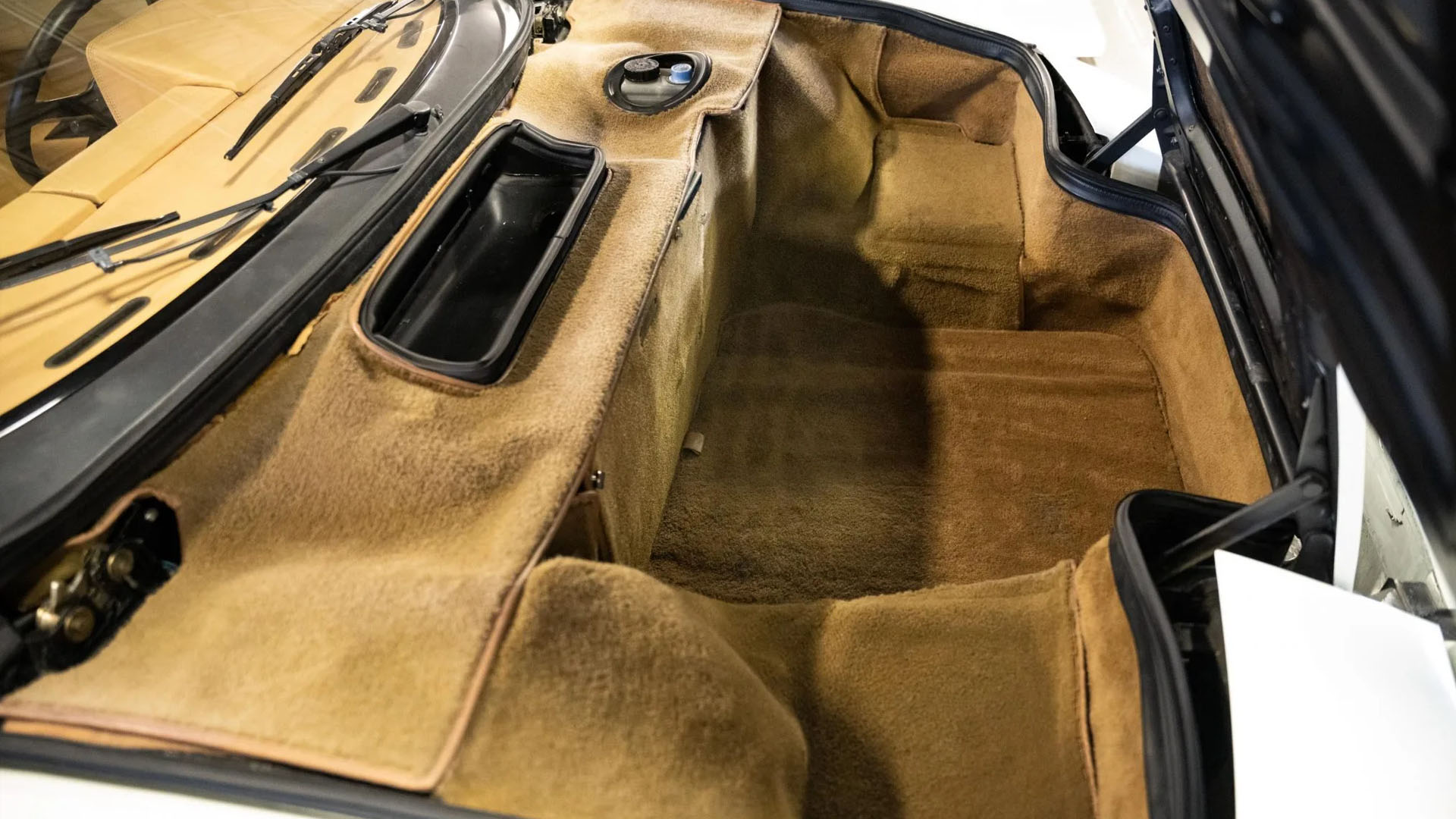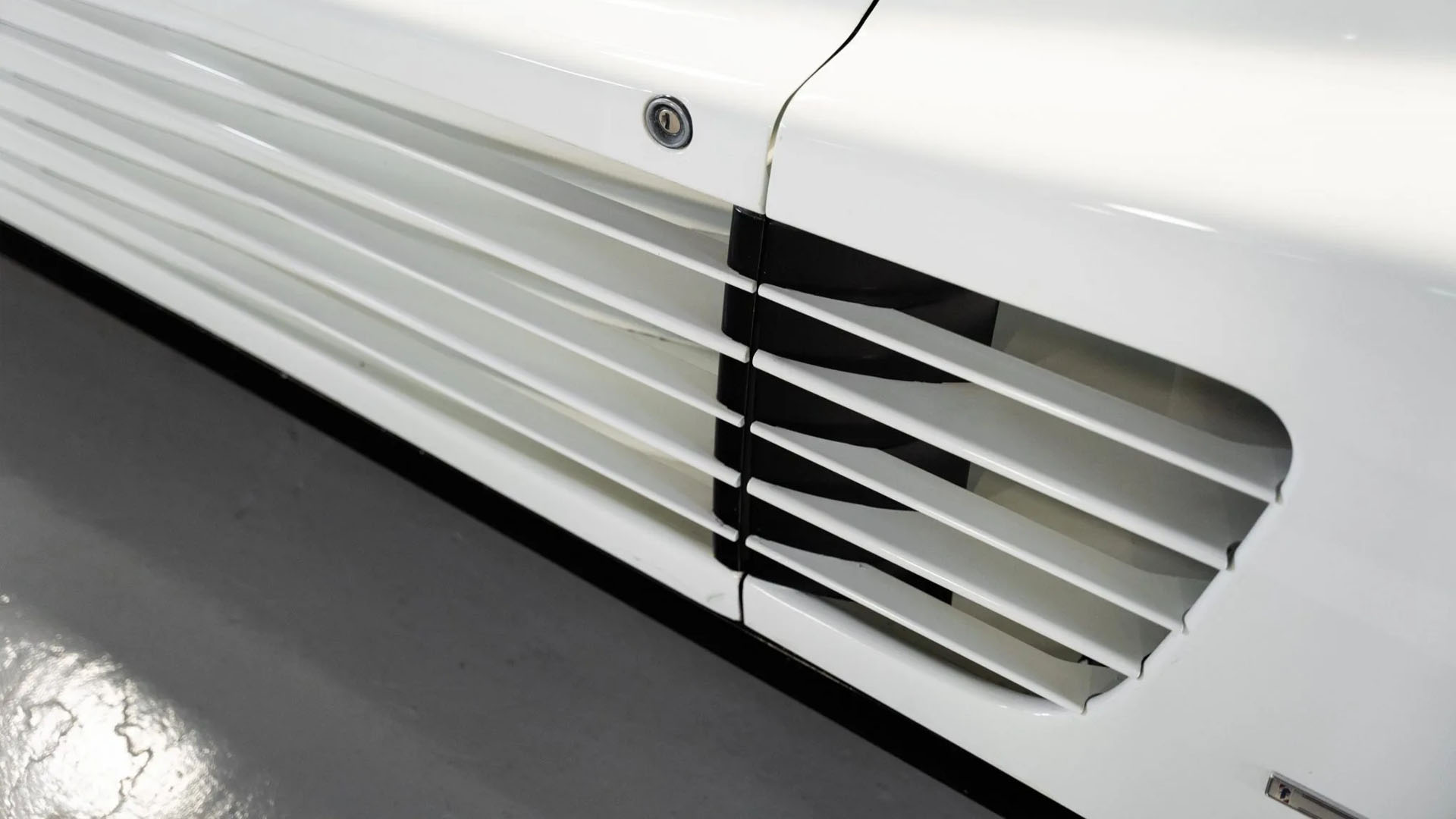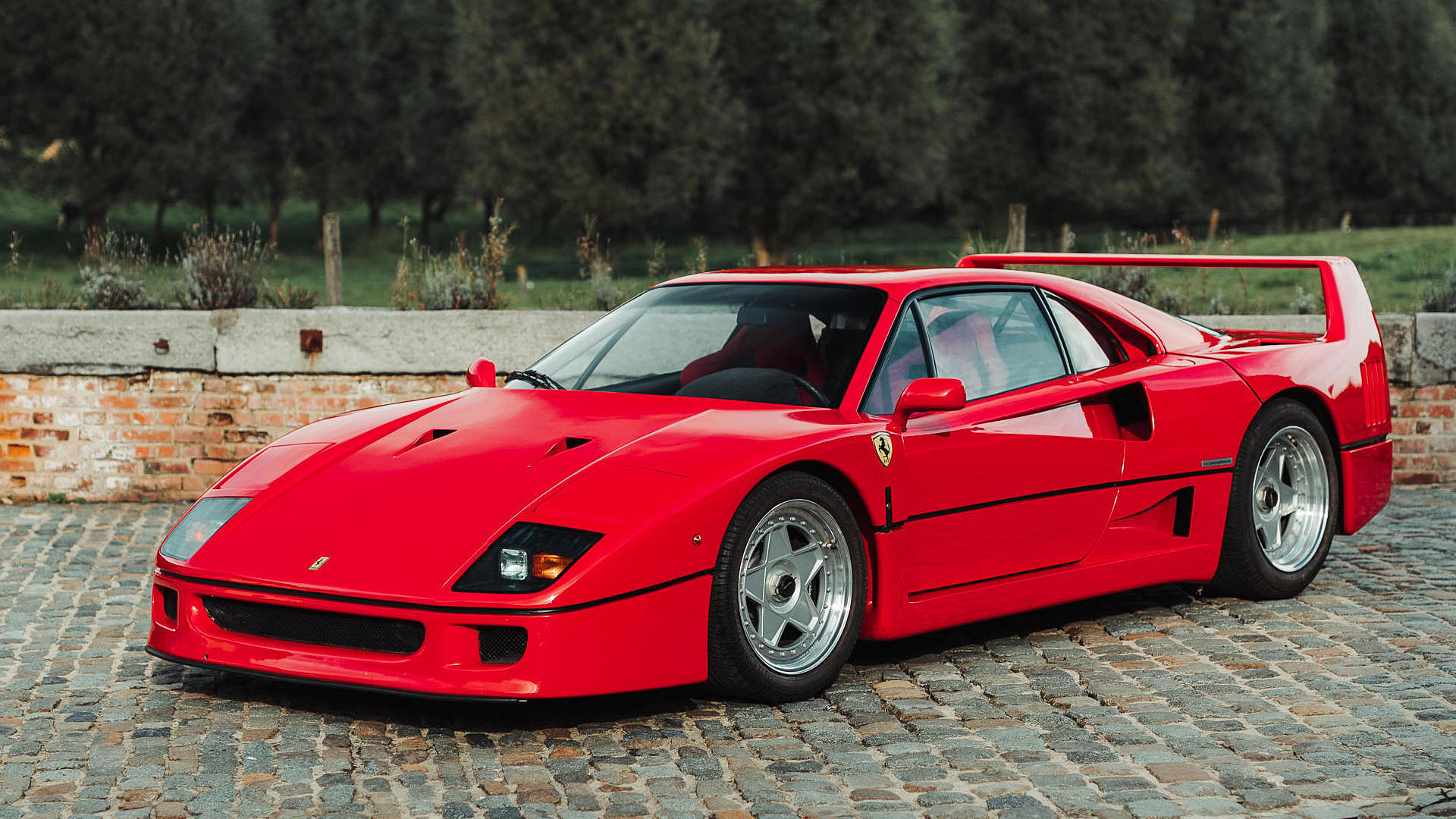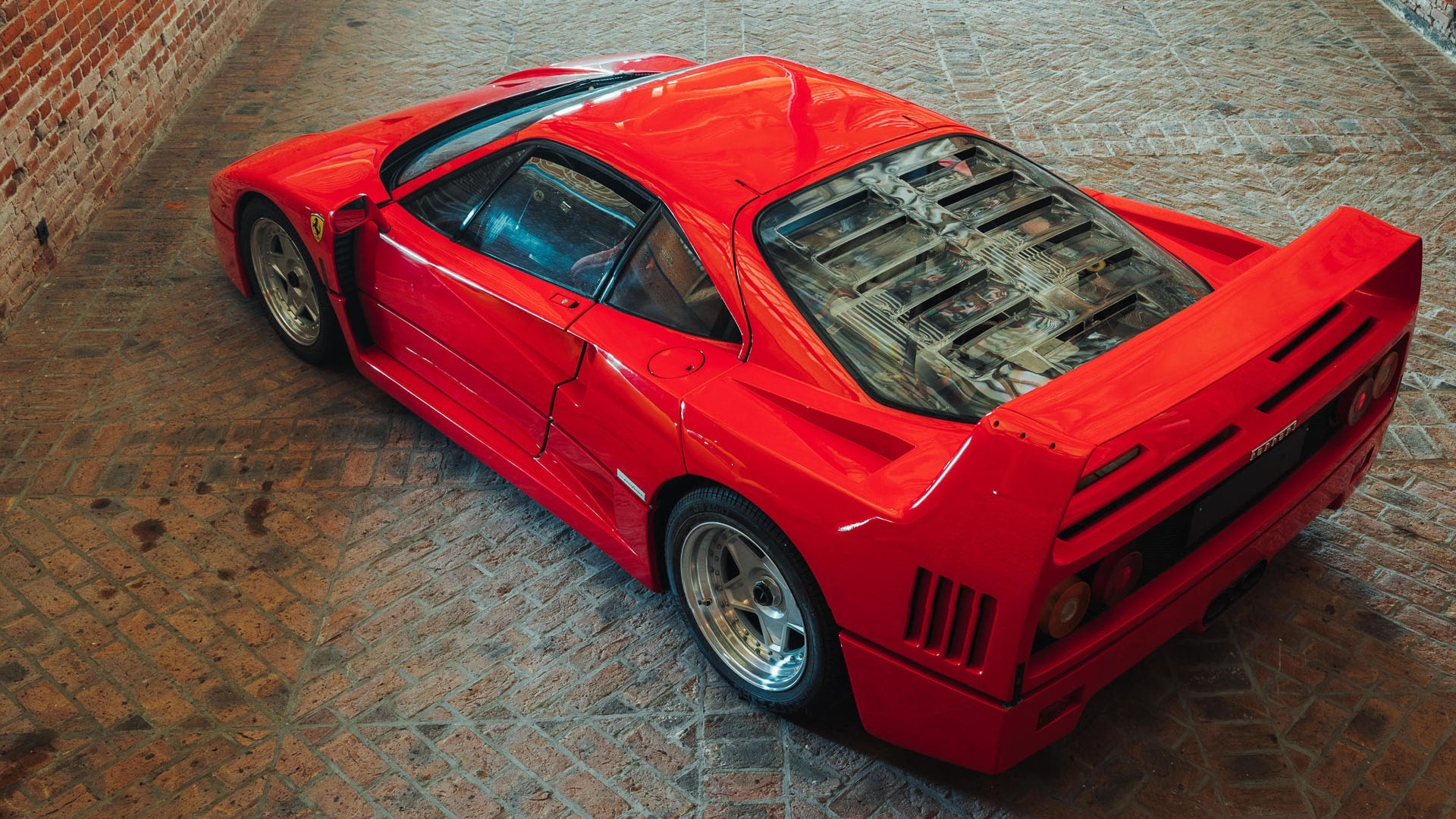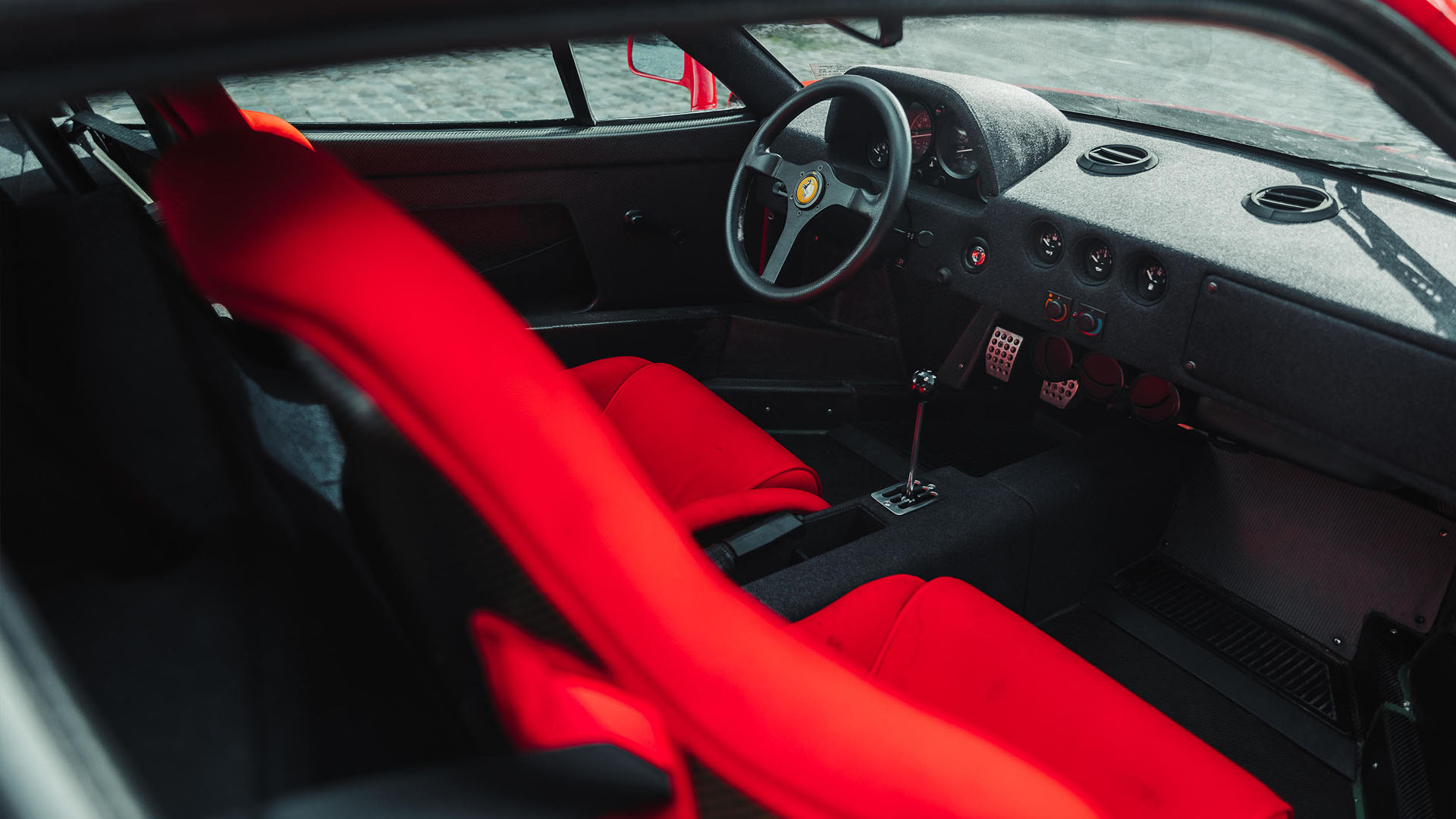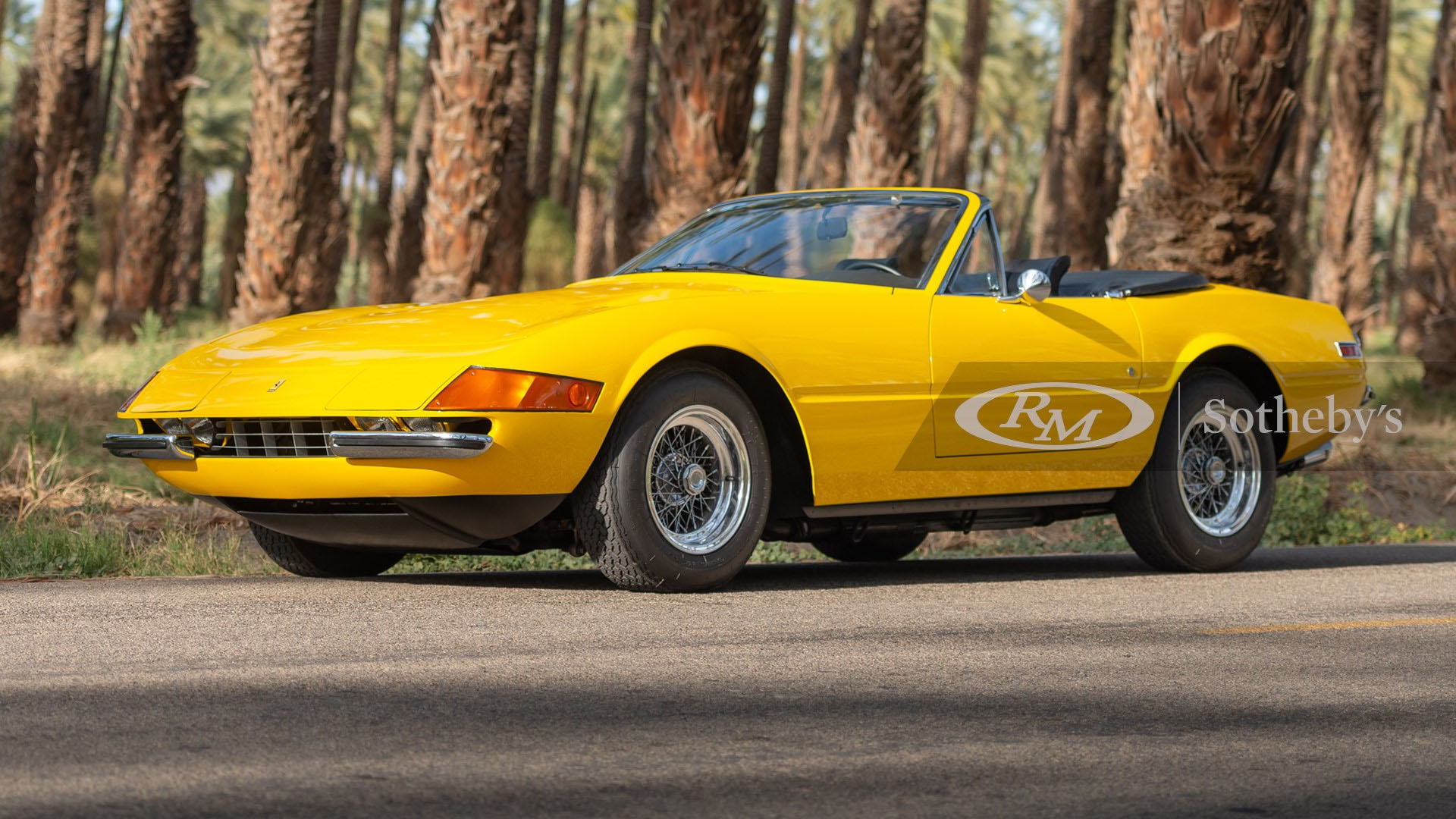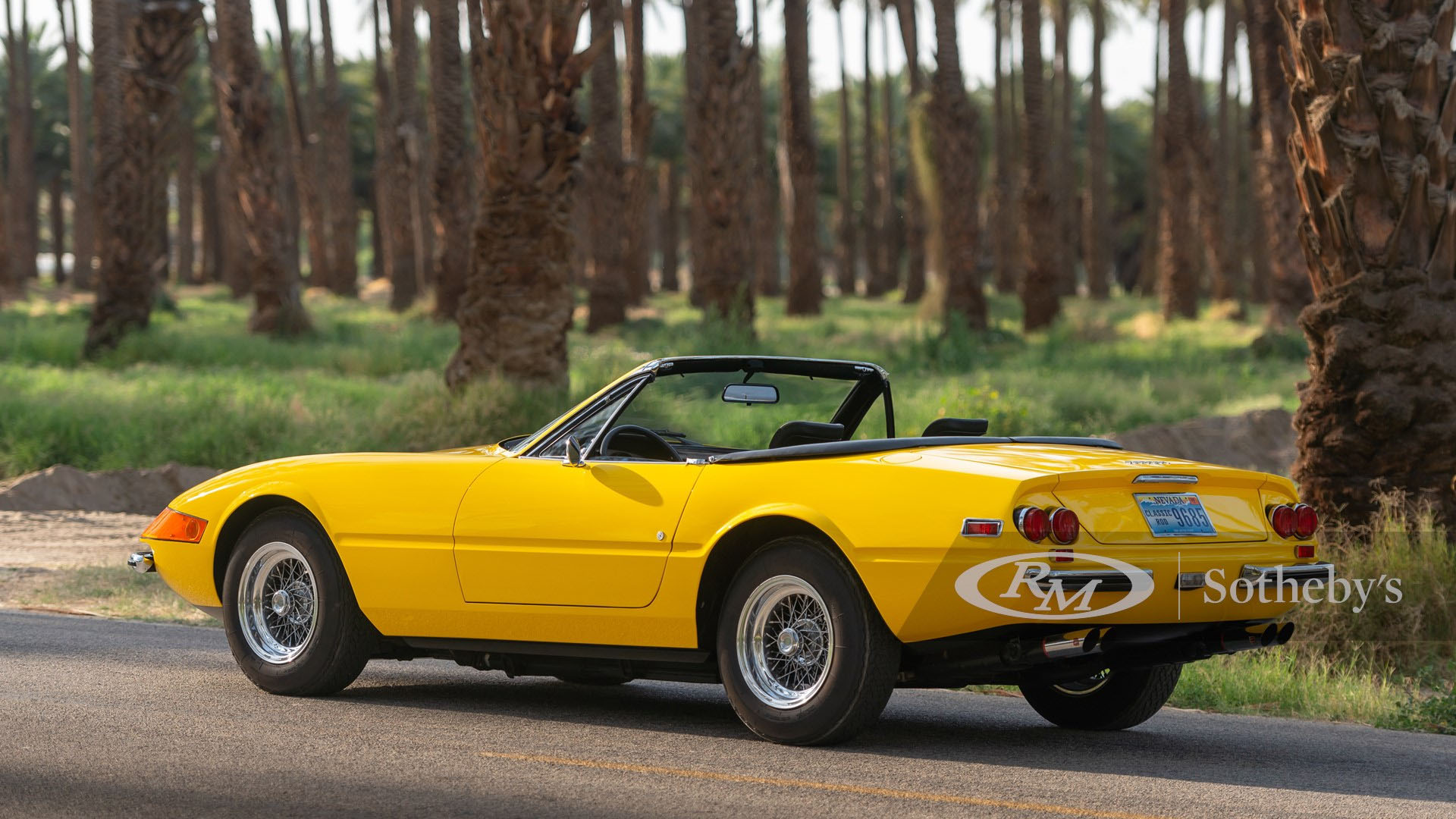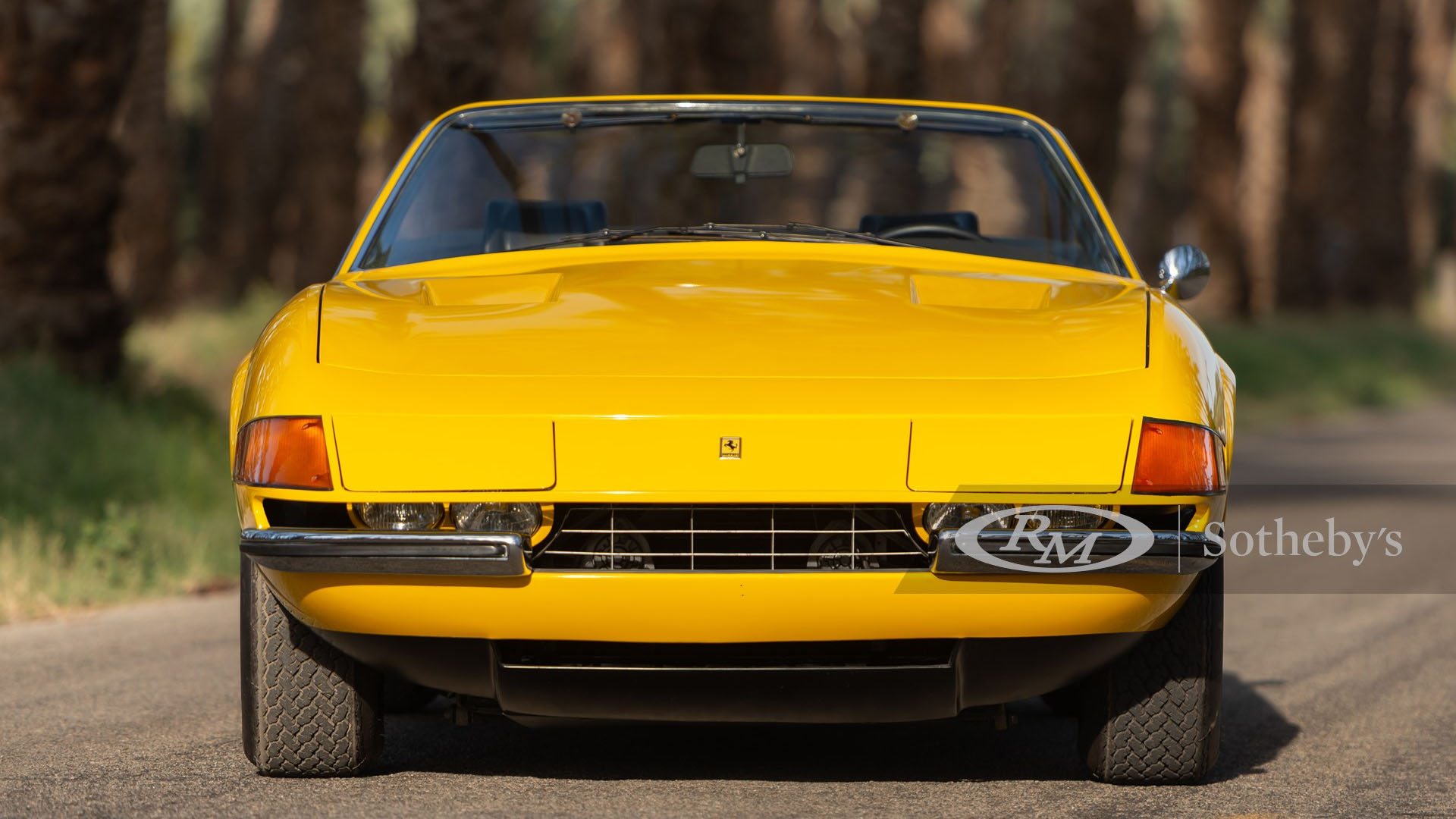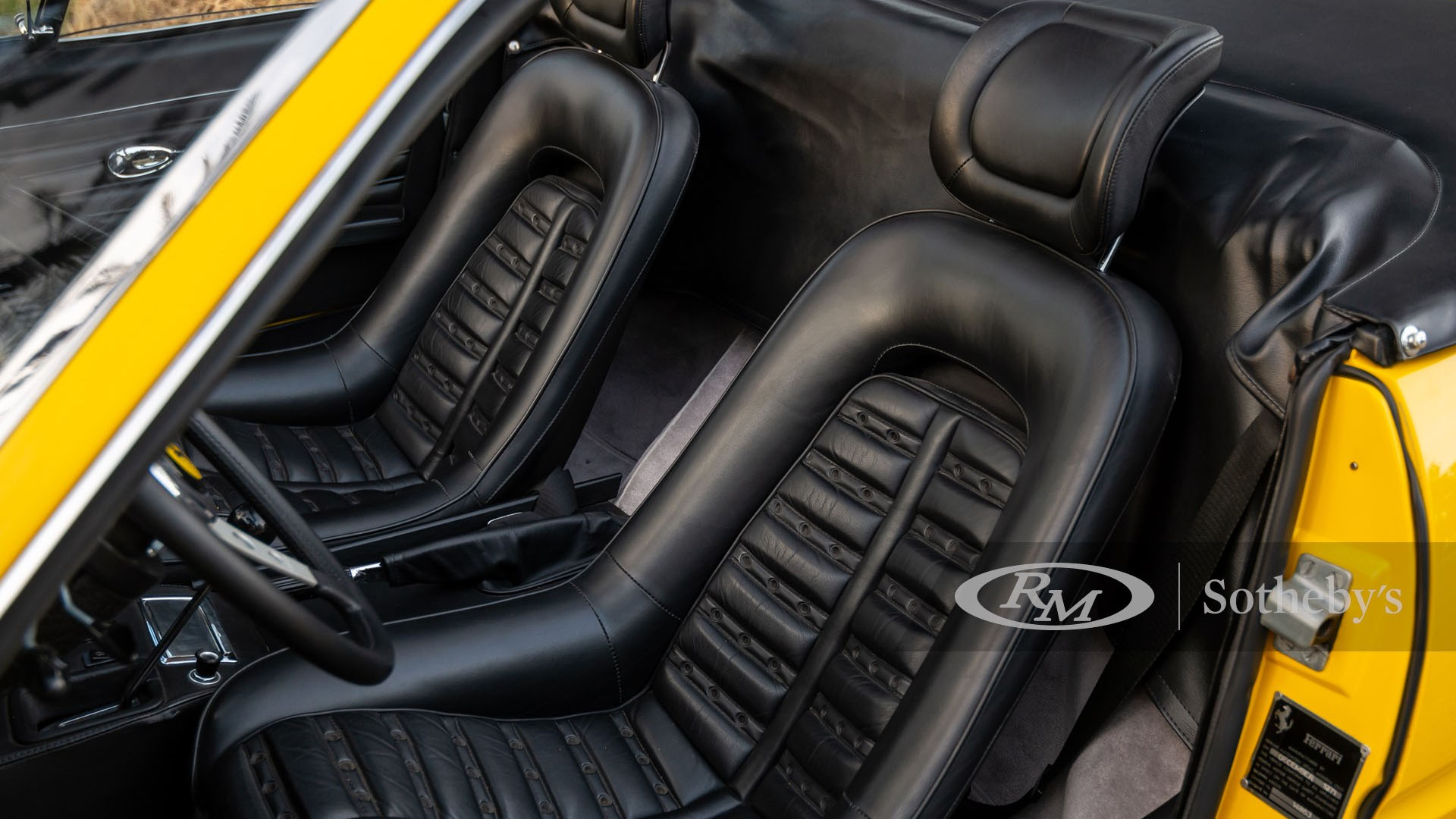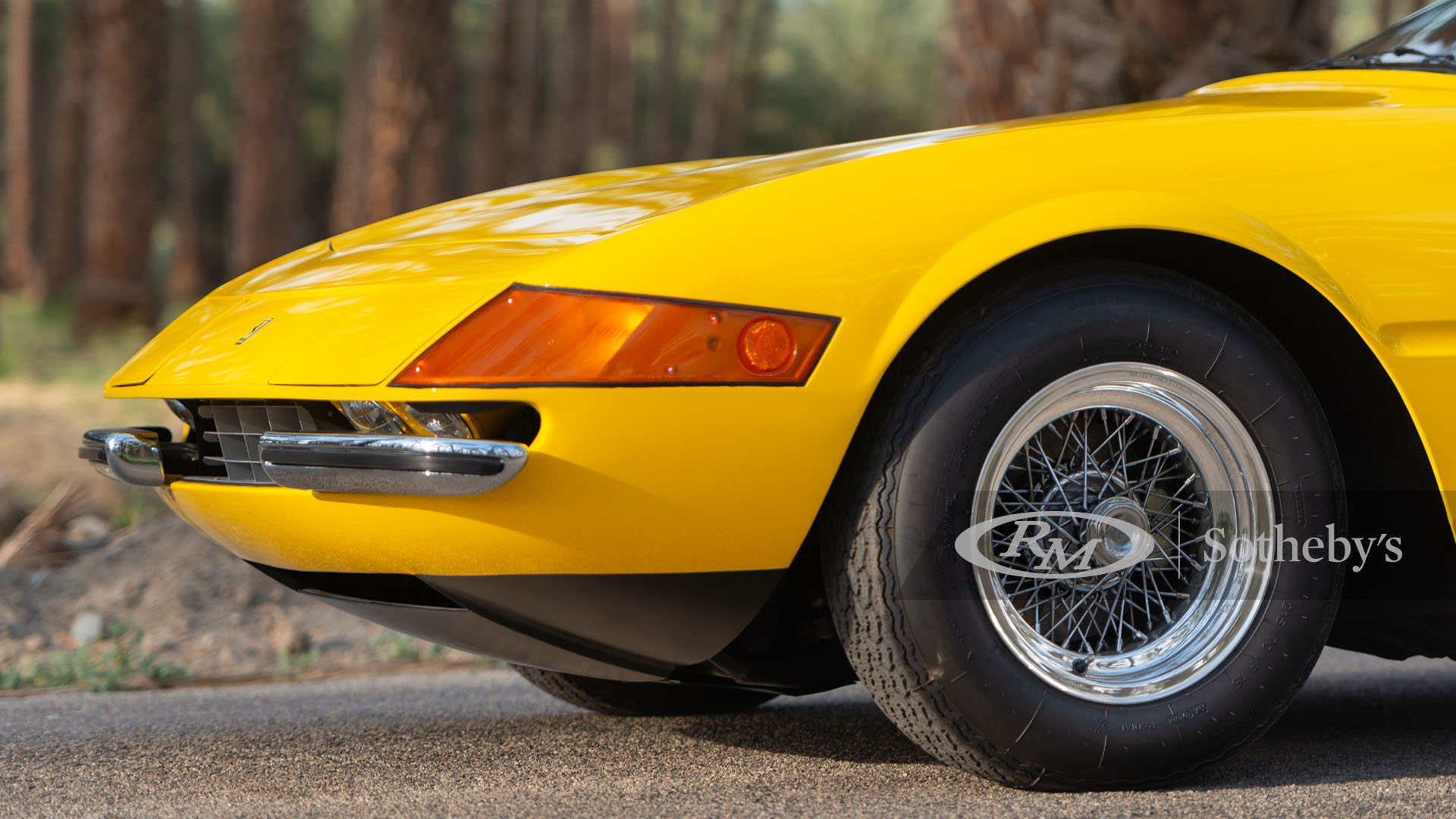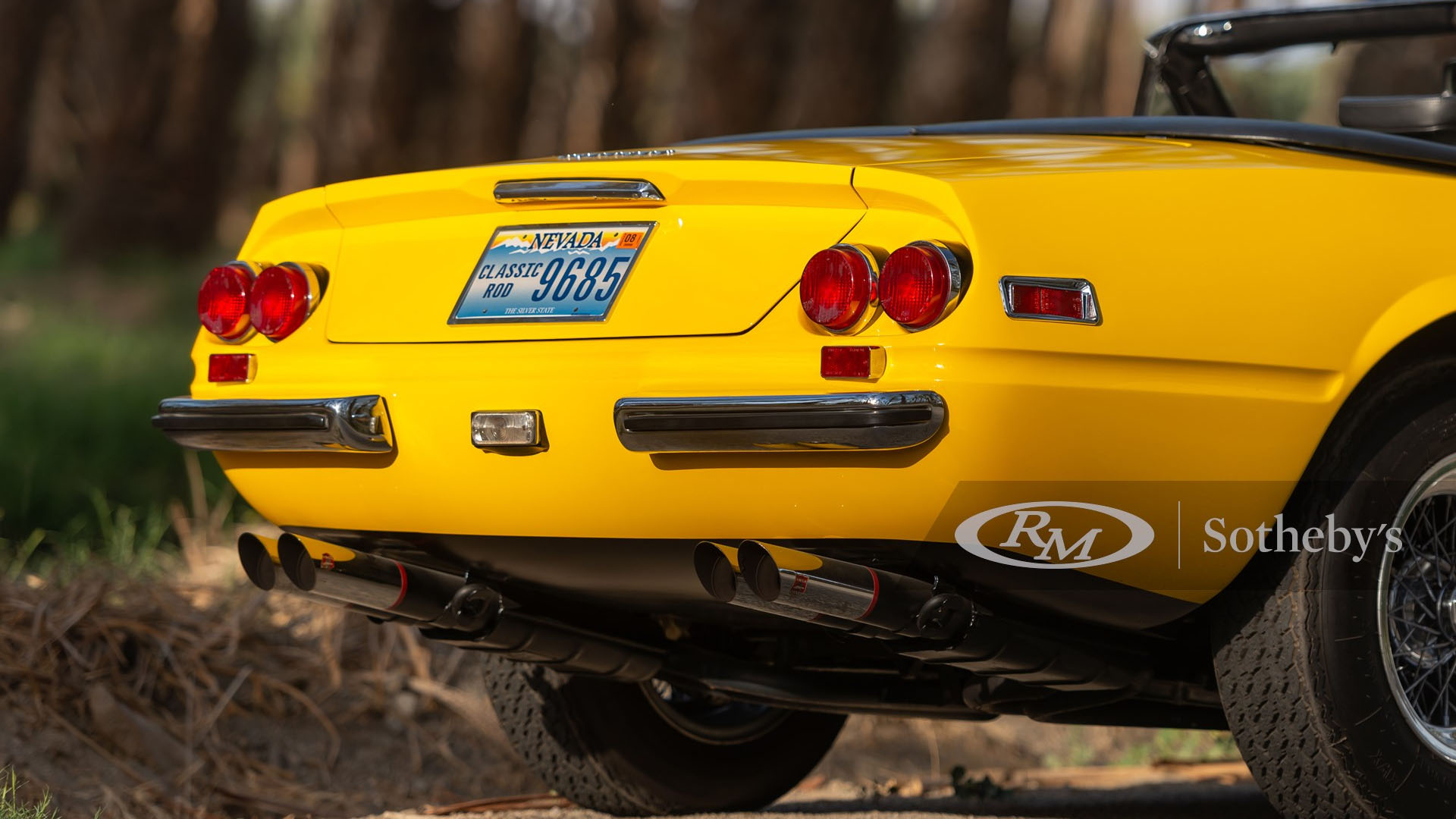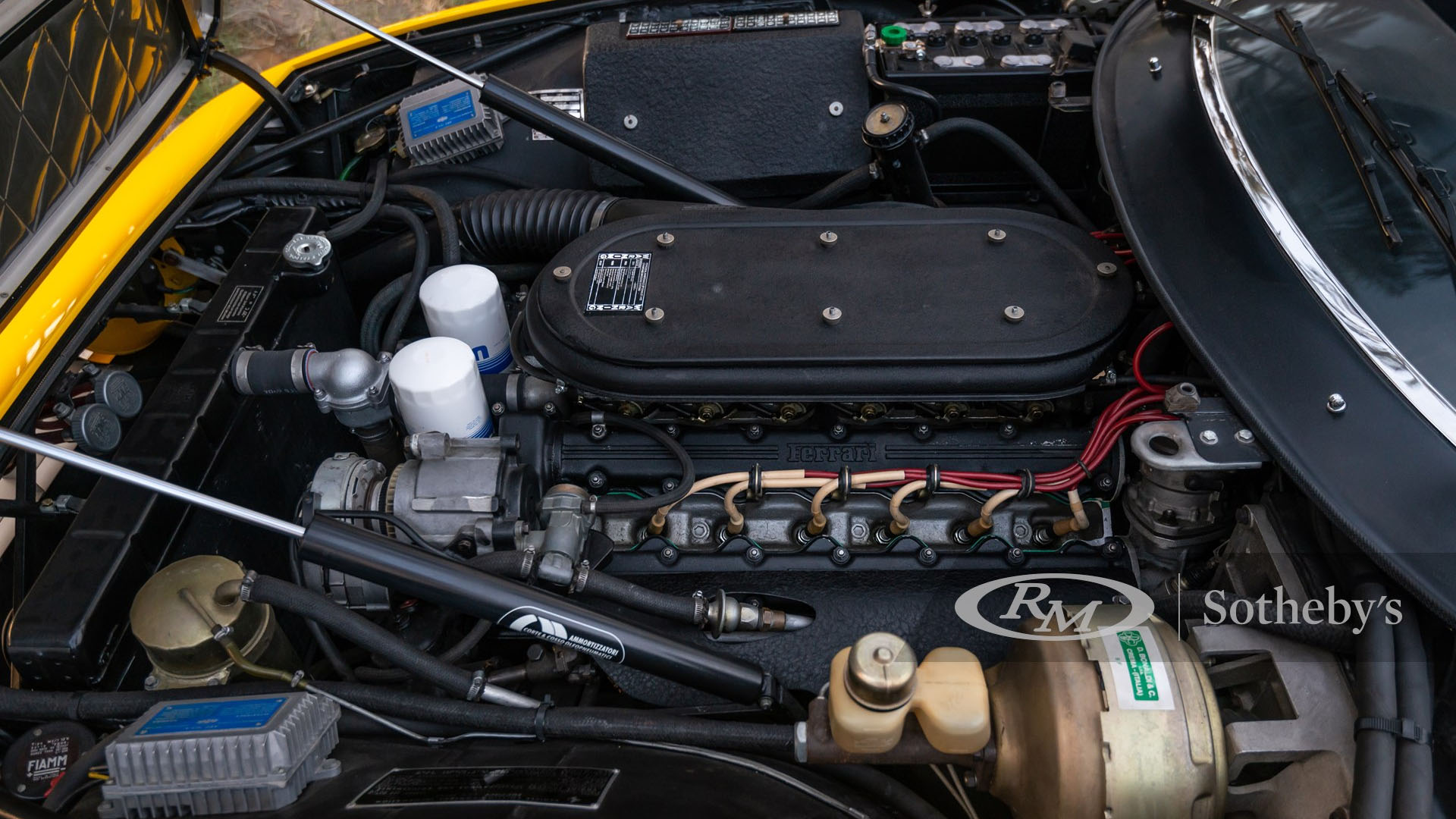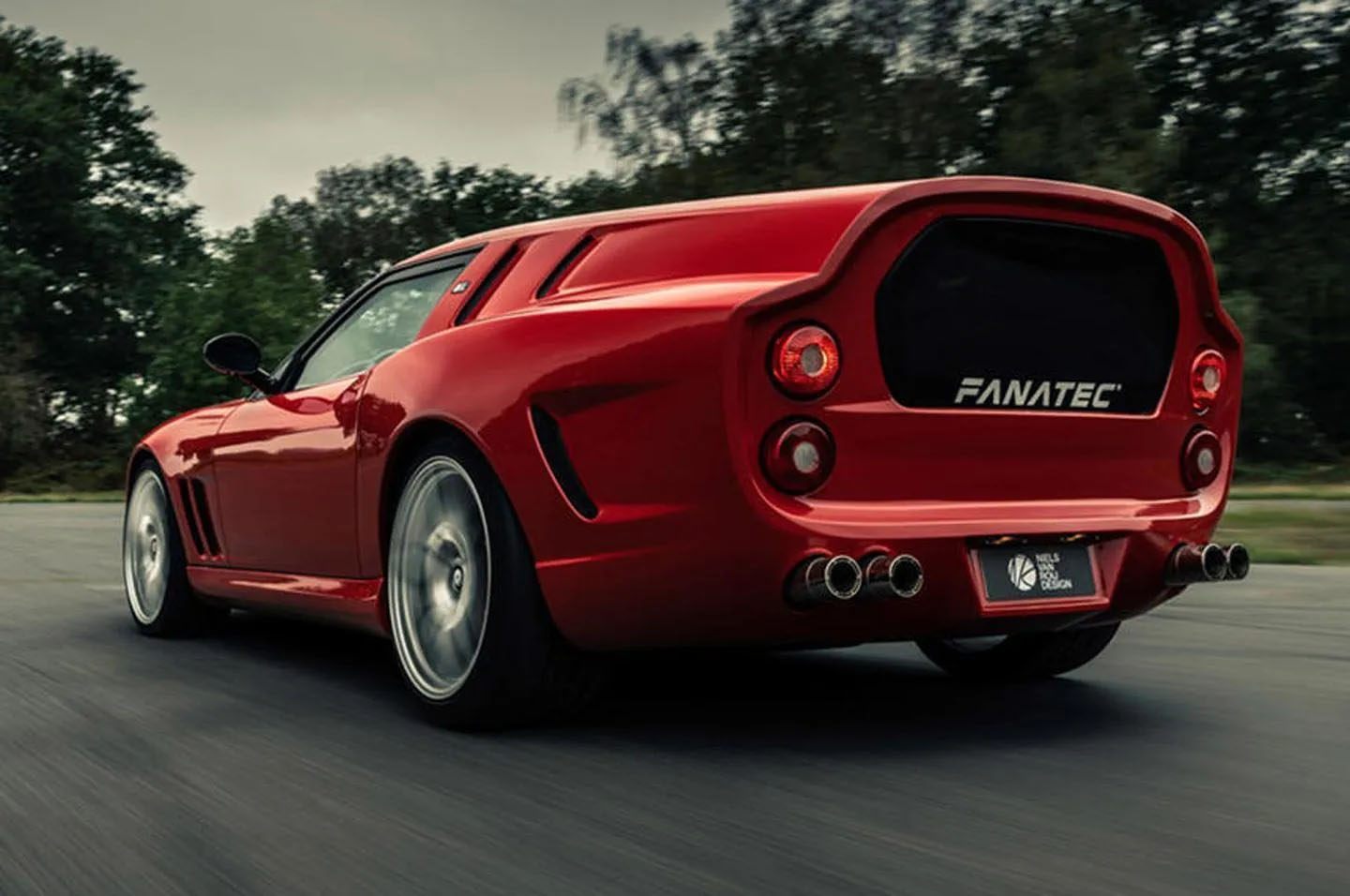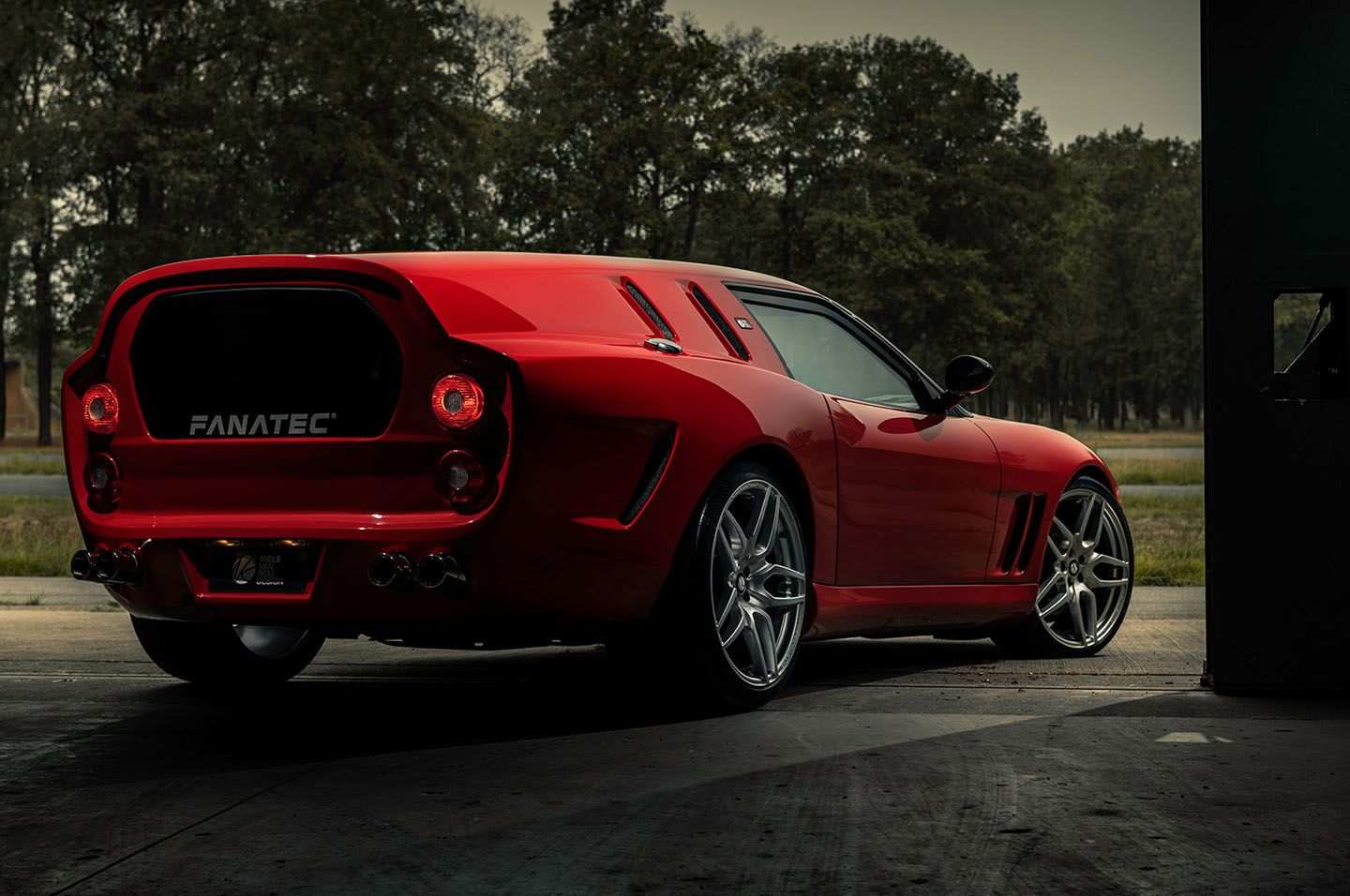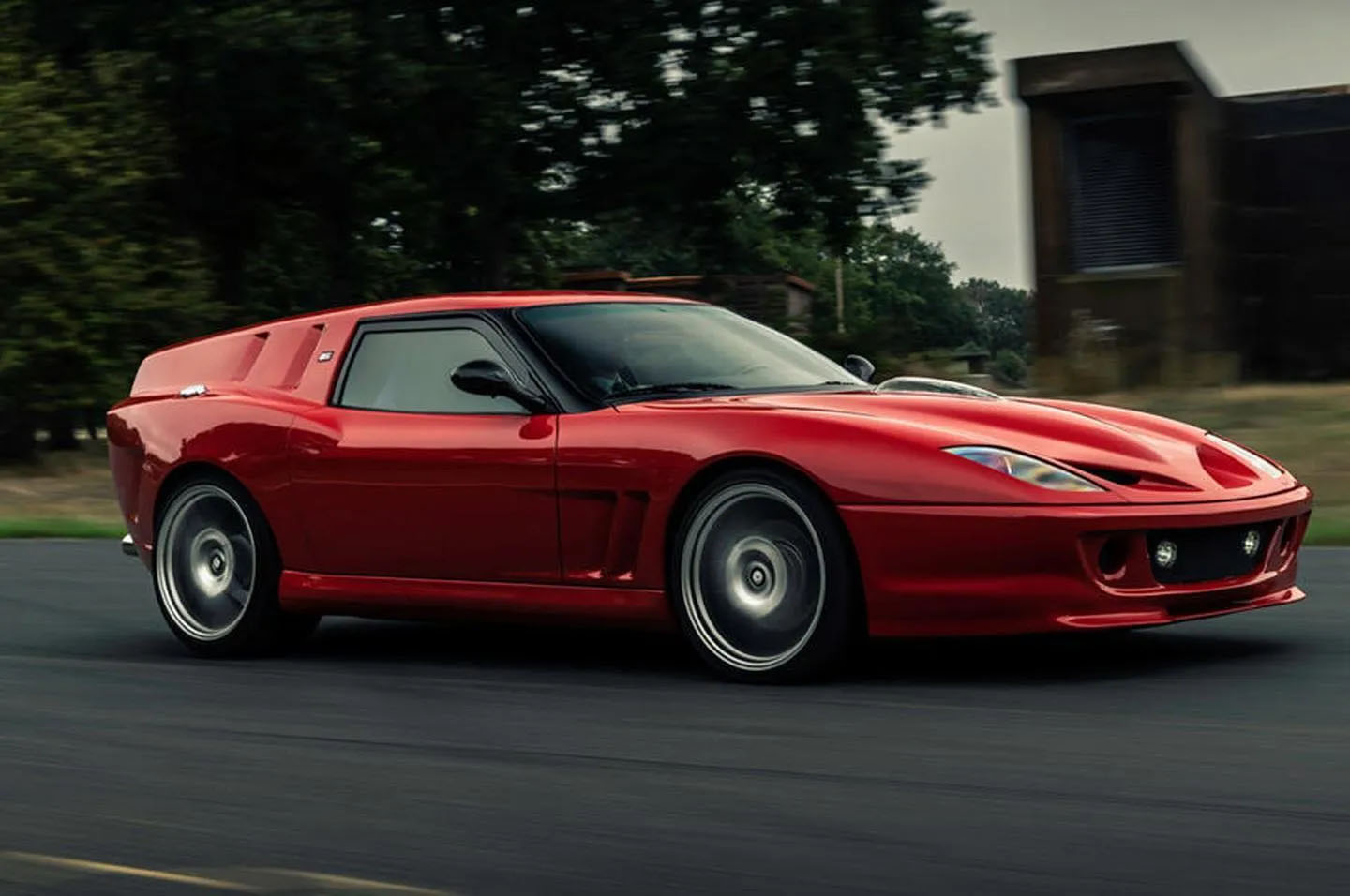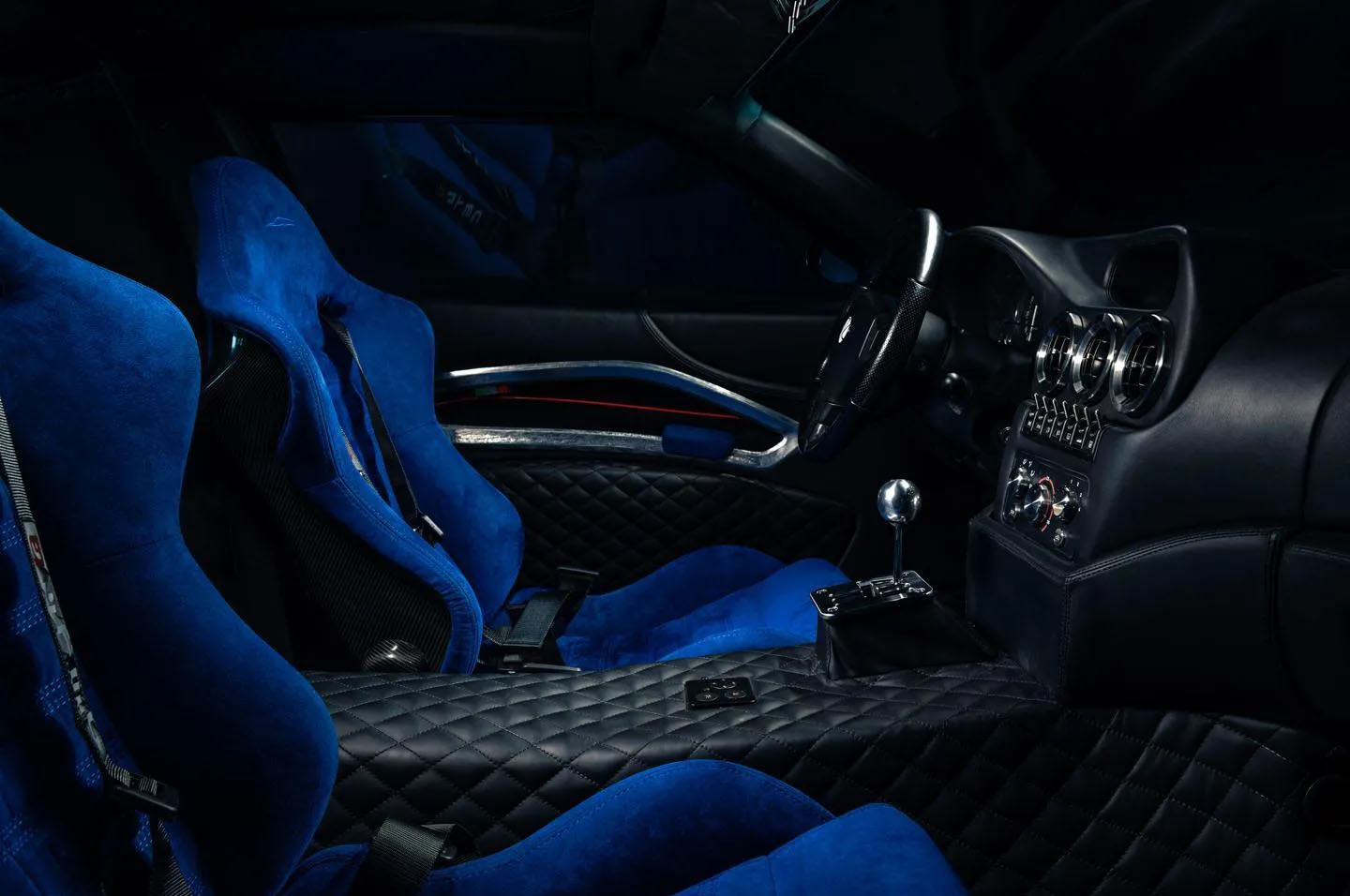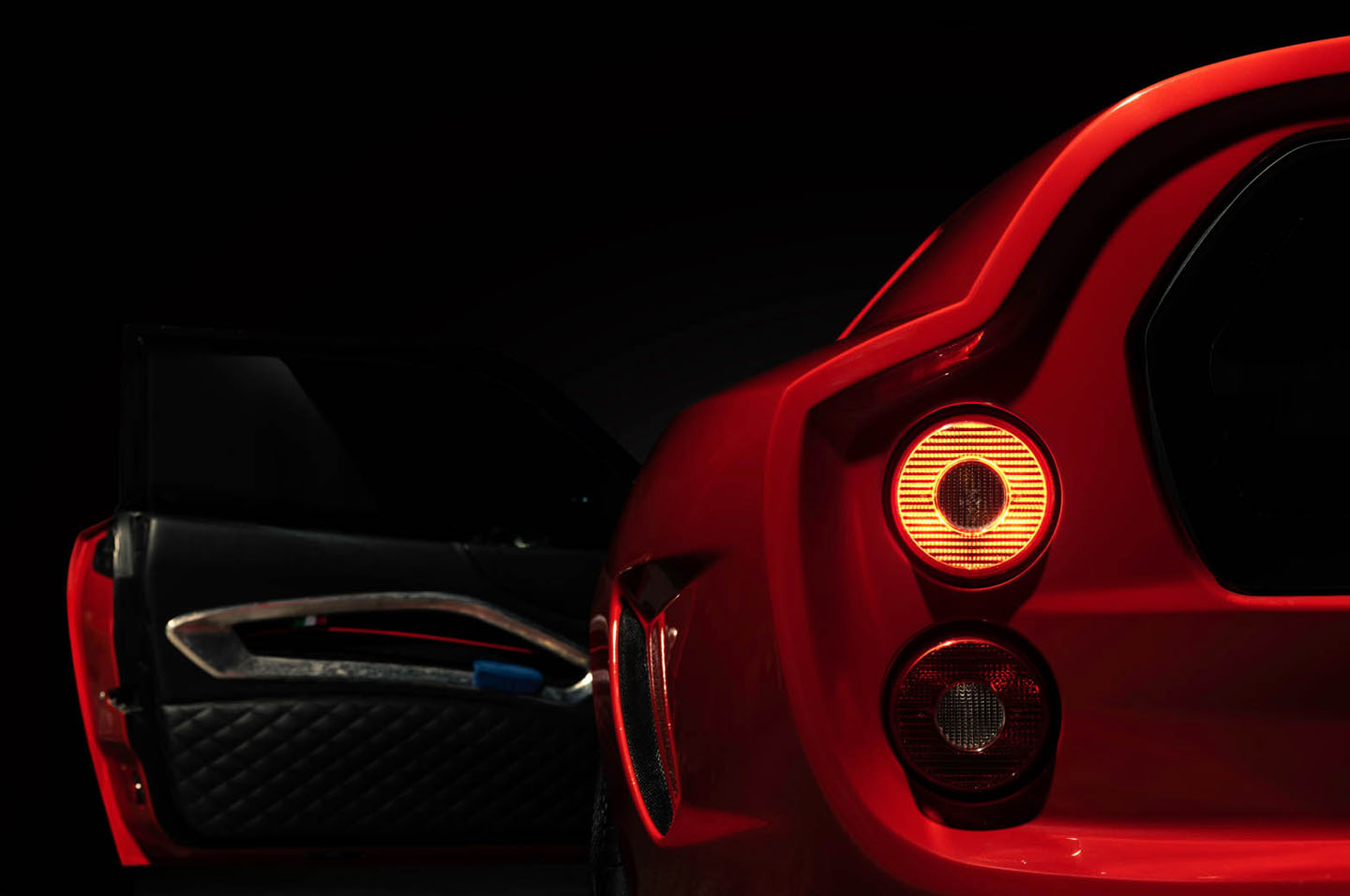The Greatest Limited Edition & One Off Ferraris
Let’s start with the obvious. All Ferrari models are special. Ferrari is already one of the most exclusive carmakers in the world and just about everything that Ferrari builds can be considered limited and unique relative to other carmakers. If you own a Ferrari or want to buy one, you are in good hands so don’t freak out if you don’t see your car on this list.
However, there is a group of Ferrari cars that are extra rare and so limited that they are often a production run of one. When it comes to Ferrari, some models are more special than others. A one-off Ferrari has distinctive aura about it. It is untouchable.
To date we have counted almost fifty special edition Ferrari’s, which we define as being very limited edition or one-off Ferrari car that was built purposely as a limited edition model. If we had to pick we would say that production is no more than a few dozen cars max. Ferrari has offered numerous limited or one-off editions of its vehicles over the years. Some limited editions were built with a production run of as low as five units while the one-off models were built for some of the company’s most exclusive clients or as prototypes to gauge feedback. We don’t count early Ferrari cars that were made in low production numbers because Ferrari was just starting out. We also don’t count the supercar and hypercars that Ferrari builds because they are all made in greater than 100 units volumes and were never designed to be one offs.
Often Ferrari would commission a special edition to commemorate an anniversary (they are doing that more often these days too). Sometimes the cars are designer and built in-house while other times Ferrari relies on its long time design and coach-building partners to take the lead. In the 80s Ferrari one offs became very secretive. Many of the one off Ferrari cars were made for people like the Sultan of Brunei and even today it is unclear how many were made. In recent years the custom and ultra rare Ferrari model has become a part of the official Ferrari offering. In 2007, Ferrari announced its Special Projects program that gave their most prized and wealthy collectors the chance to create their own projects. Before that custom made Ferrari’s were very secretive.
If you want to see the full list of one-off and very limited edition Ferrari cars then you can check them out here. If you want to learn about the greatest very limited edition Ferraris then continue reading because we rank the top eighteen below:


18. Ferrari F60 America
The Ferrari F60 America is effectively an open-top version of the insane F12. Designed to celebrate Ferrari’s 60th anniversary in North America the soft-top is based on the 6.3-litre V12-engined F12 Berlinetta and Ferrari says that all 10 were sold before it was even announced. The F60 trades in the F12’s hardtop for a lightweight fabric roof useable at speeds of up to 80mph. But the F60 America is actually rather more than just a de-roofed F12. There’s fresh aluminum bodywork, too, with deeper side strakes, extra bonnet holes and more pronounced winglets. Ferrari’s gave no hint on price so you can safely assume it to fall into the ‘eye-watering’ category.
Learn more about the F60 America


17. Ferrari SP12 EC
The EC in the Ferrari SP12 EC stands for Eric Clapton, as the legendary guitarist allegedly spent £3 million on this one-off creation. For a Ferrari enthusiast and great musician like Eric Clapton a one-off car seems totally appropriate. Designed to pay homage to the Ferrari 512 BB – of which Clapton has owned three – the SP12 EC was based on the 458 Italia.
Designed by the Centro Stile Ferrari in collaboration with Pininfarina and the engineers from Maranello, the SP12 EC was created as homage to Clapton’s career and his long lasting experience as a Ferrari owner.
Learn more about the Ferrari SP12 EC


16. Ferrari 250 Europa Coupe Vignale
Arguably one of the prettiest Ferraris ever created, the 250 Europa Coupe Vignale was presented at the 1954 New York Motor Show. Designed by Michelotti and built by Vignale, the one-off beauty is gorgeous.
In late 1953 Ferrari commissioned Vignale to create bodies for two of the early 250 Europa chassis as a bid for eventual series production. Vignale used a design with sloping fastback profile that was typical of their coupes at the time. After Paris, both of Vignale’s show cars were sold new to the United States.
Learn more about the Ferrari 250 Europa Coupé Vignale


15. Ferrari F12 TRS
Taking inspiration from the Ferrari 250 Testa Rossa of the 1950s, the F12 TRS is the F12 Berlinetta’s extreme cousin. The one-off special edition retains the standard car’s V12 engine, but the car is stripped back to the bare essentials. Look, even the roof has gone.
The F12 TRS was developed at a client’s request as an extreme, two-seater, open-top sports barchetta. The F12 TRS is Flavio Manzoni and the Ferrari Style Centre team’s modern, innovative take on the legendary 250 Testa Rossa spirit and pays homage to it in its moniker. Like all one-off Ferraris, the F12 TRS is the product of Ferrari’s now-classic approach of creating a truly integrated design. From the leading edge of the typically sharp Ferrari nose, aggressively sculpted forms flow back over the bonnet, while a low, wrap around windscreen forms a long dark band of glass in contrast to the car’s body.
Learn more about the Ferrari F12 TRS

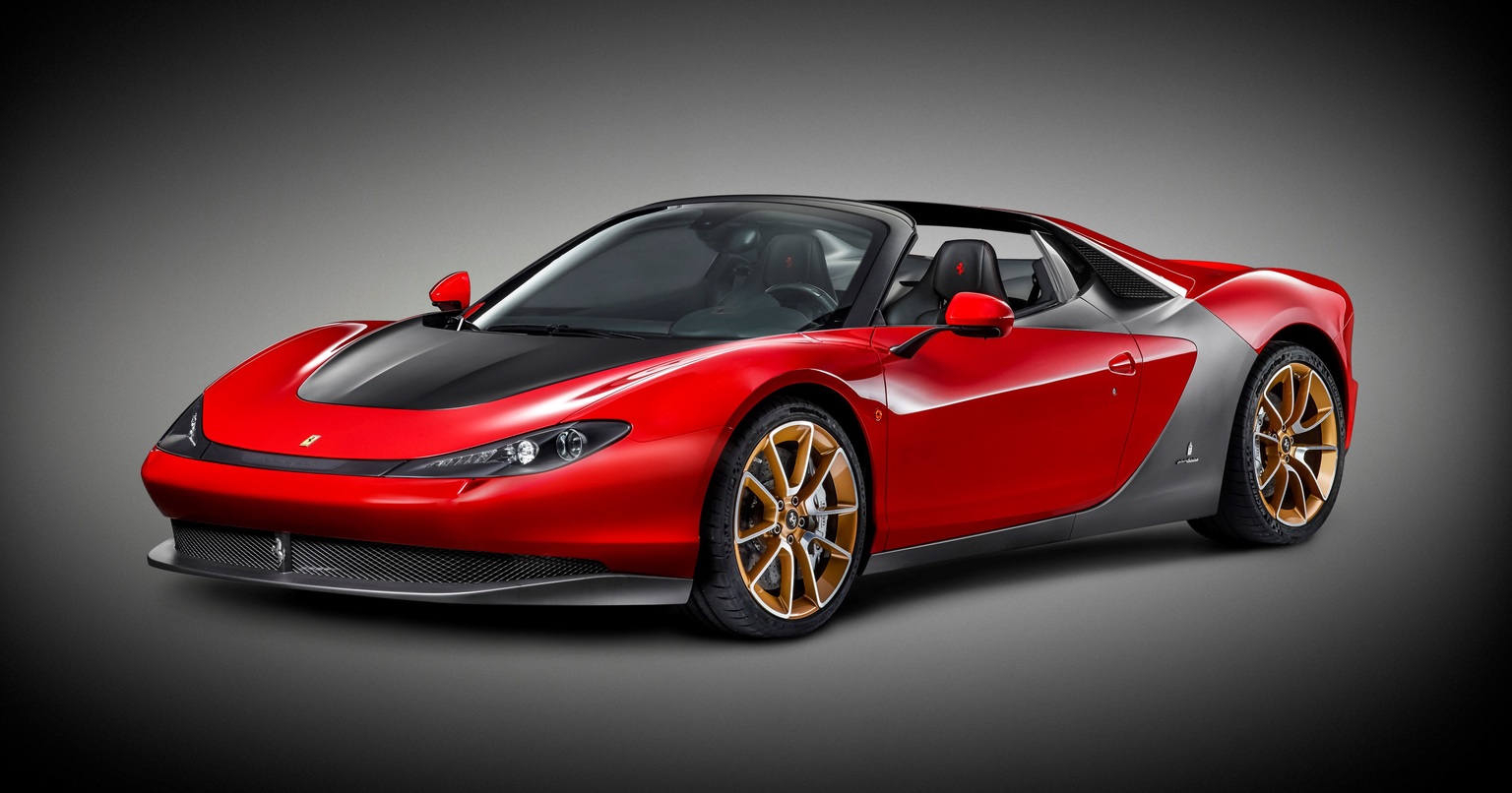
14. Ferrari Pininfarina Sergio
Originally designed by Pininfarina as a tribute to the late and great Sergio Pininfarina, Ferrari recently announced that it would be building six Pininfarina Sergios. If you’re reading this and you haven’t placed your order, you’re too late. Designed by Pininfarina, just six of this incredibly limited edition roadster are being built. The car was created to celebrate the spirit and core values of the historic Cambiano company in the 60th anniversary year of its collaboration with the Prancing Horse. Needless to say, Sergio was the only possible choice of name for the model, in homage to great Sergio Pininfarina, who sealed the unique, longstanding partnership with Ferrari.
Learn more about the Ferrari Pininfarina Sergio

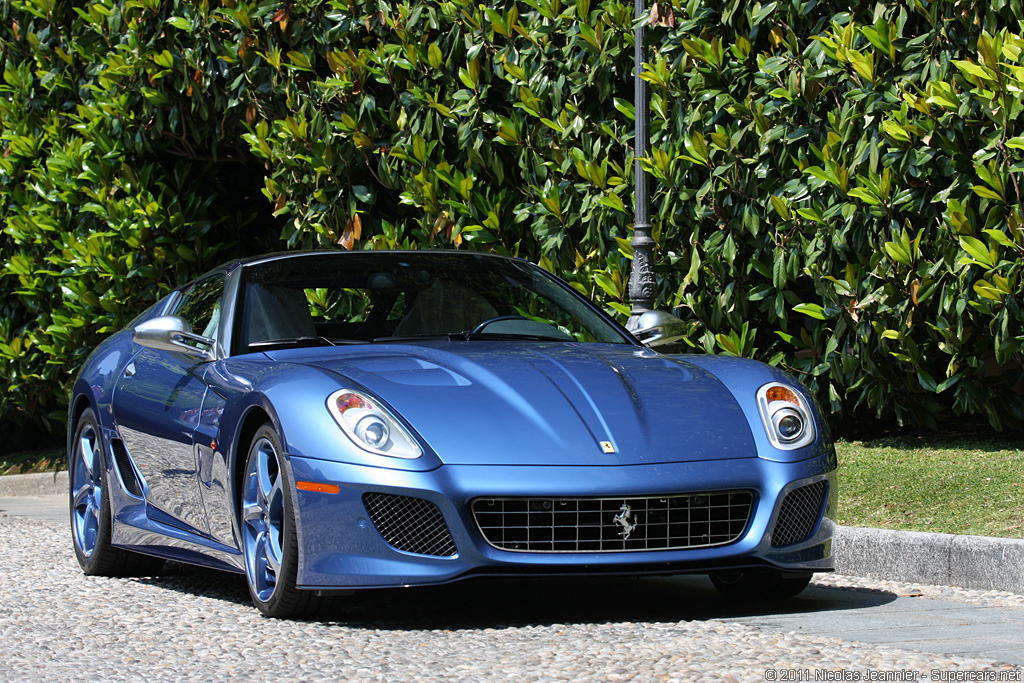
13. Ferrari Superamerica 45
You know you’ve made it in life when you’re able to commission Ferrari to build a special edition commemorating the 45th anniversary of your first Ferrari purchase. But that’s exactly what a New York collector did in 2011 with the Superamerica 45. Highlights include a rotating one-piece carbon fiber roof.
Ferrari has revealed a one-off version of the 599 commissioned by New York-based art collector and property developer Peter Kalikow. Called the Superamerica 45, the new open-top car was created to commemorate the 45th anniversary of Kalikow’s first Ferrari purchase, a secondhand 400 Superamerica convertible. The design is bespoke, featuring a carbon-fibre rotating hard-top which incorporates a rear screen. The boot is entirely new to house the roof when open, and is now in carbon-fibre with a design optimized to reduce drag and increase rear downforce.
Learn more about the Ferrari Superamerica 45


12. Ferrari GG50
Technically this was a concept but we’re counting it as a one off special because it is so cool. Built to celebrate Giorgetto Giugiaro’s 50th year as a car designer, the Ferrari GG50 was based on the 612 Scaglietti.
“After fifty years and some hundreds of cars, just one was missing”, said Giorgetto Giugiaro to explain the GG50, the Ferrari he presented at the Tokyo Show after a half century in the design business. The name of the car is significant: GG50, where GG stands for Giorgetto Giugiaro, 50 the career goal he has reached.
All the mechanicals stayed the same but the body is all new and has been modified to a sleeker and sexier look. The other element that largely determines the new image is the decided tapering of the four corners that soften the contours of the car from above and that offer in three-quarter view a more compact feeling. The interior, which retains the same instrumentation but not the same dashboard as the 612 Scaglietti has been re-arranged ergonomically by working on a full-sized dummy. Amazingly, the concept – which was sketched by the great man himself – featured a hatchback and flat-folding rear seats. How very practical.
Learn more about the 2005 Ferrari GG50 Concept


11. Ferrari 575 GTZ Zagato
Only six Ferrari 575 Maranellos were treated to a Zagato body, but each one was unique and tailored to the individual needs of the first owner. For Zagato, the project represented an opportunity to celebrate the 50th anniversary of the Ferrari 250 GTZ of 1956.
The 575 GTZ has an all-aluminium body, and, as a tribute to Ferrari and to two-seater Italian sports cars, it has joined the exclusive group of cars that are the fruit of the tradition of custom-built cars. It sports two-tone paintwork with styling cues and volumes that explicitly refer back to the 1950s. The model is a sublime synthesis of prestige and performance, elegance and sportiness, to the point that it can boast the highest value of any car in the luxury period sports car market. The 250 GTZ has won numerous competitions and concours d’Elegance.
Learn more about the Ferrari 575 GTZ

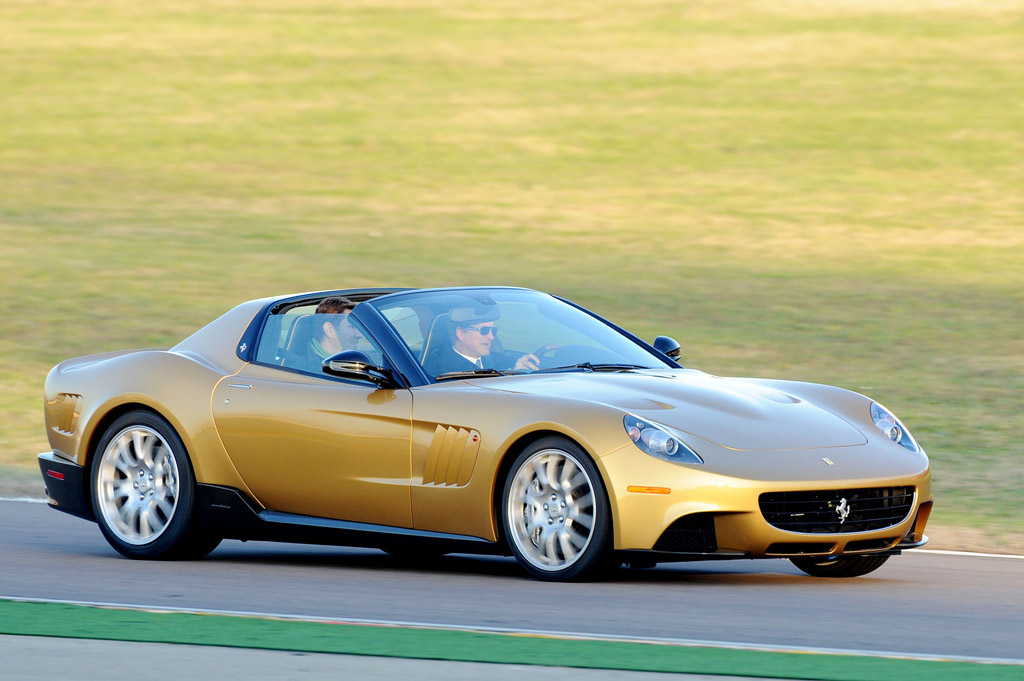
10. Ferrari P540 Superfast Aperta
Do not adjust your computer screen, this is indeed a gold Ferrari. The Pininfarina-designed P540 Superfast Aperta was commissioned by the son of the chap who invented cable TV. According to Edward Watson, it was “the most special Christmas present of my life”.
Edward Walson approached Ferrari in 2008 to produce a modern reinterpretation of the gold-coloured car he had seen in an obscure Fellini film. “I had always dreamed of designing sports cars,” Walson explains, “and when I saw this film the decision came of its own accord: one day I would have ‘my’ Ferrari.” In accordance with the Special Project’s approach to producing such individual one-offs, the P540 Superfast Aperta respects all existing international safety and homologation requirements and is thus road legal. The car was designed by Pininfarina and built in Maranello, and the client was directly involved in each stage of its development.
Learn more about the Ferrari P540 Superfast Aperta

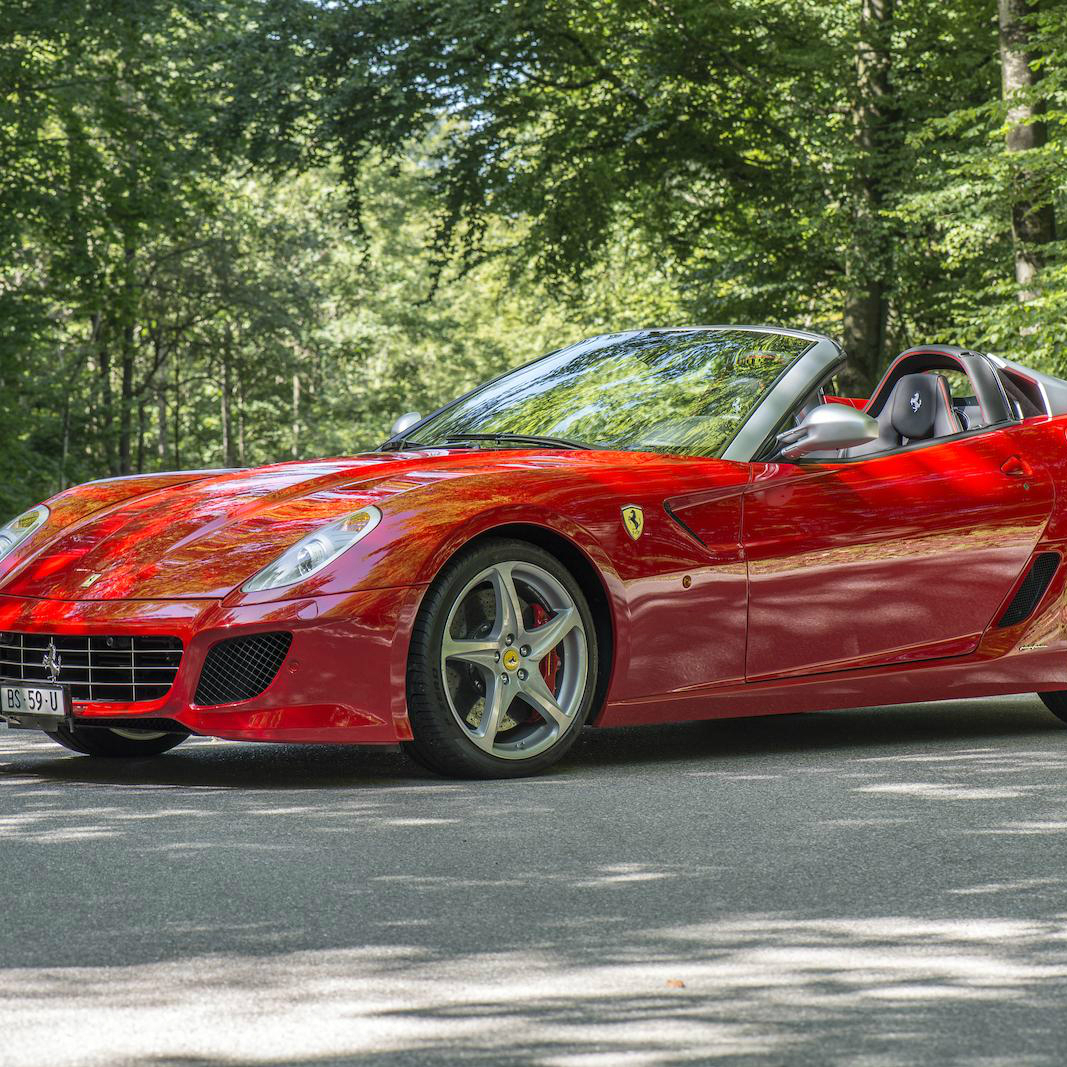
9. Ferrari SA Aperta
Ah, that’s better. Announced at the 2010 Paris Motor Show, the SA Aperta was a drop-top version of the Ferrari 599, with all 80 cars sold before it was unveiled. Is 80 too many for this car to be considered in our extra special limited edition list? Perhaps, but when it looks this good, who’s complaining?
Ferrari chose to build 80 SA APERTAs in celebration of Pininfarina’s 80th anniversary. The SA nomenclature also pays homage to both Sergio and Andrea Pininfarina whose company and work have been linked to the most successful road-going cars ever built at Maranello. The SA APERTA is a true roadster which allows its occupants to enjoy the superlative emotions afforded by our signature front-engined V12 architecture in a completely open-top setting.
Learn more about the Ferrari 599 SA APERTA

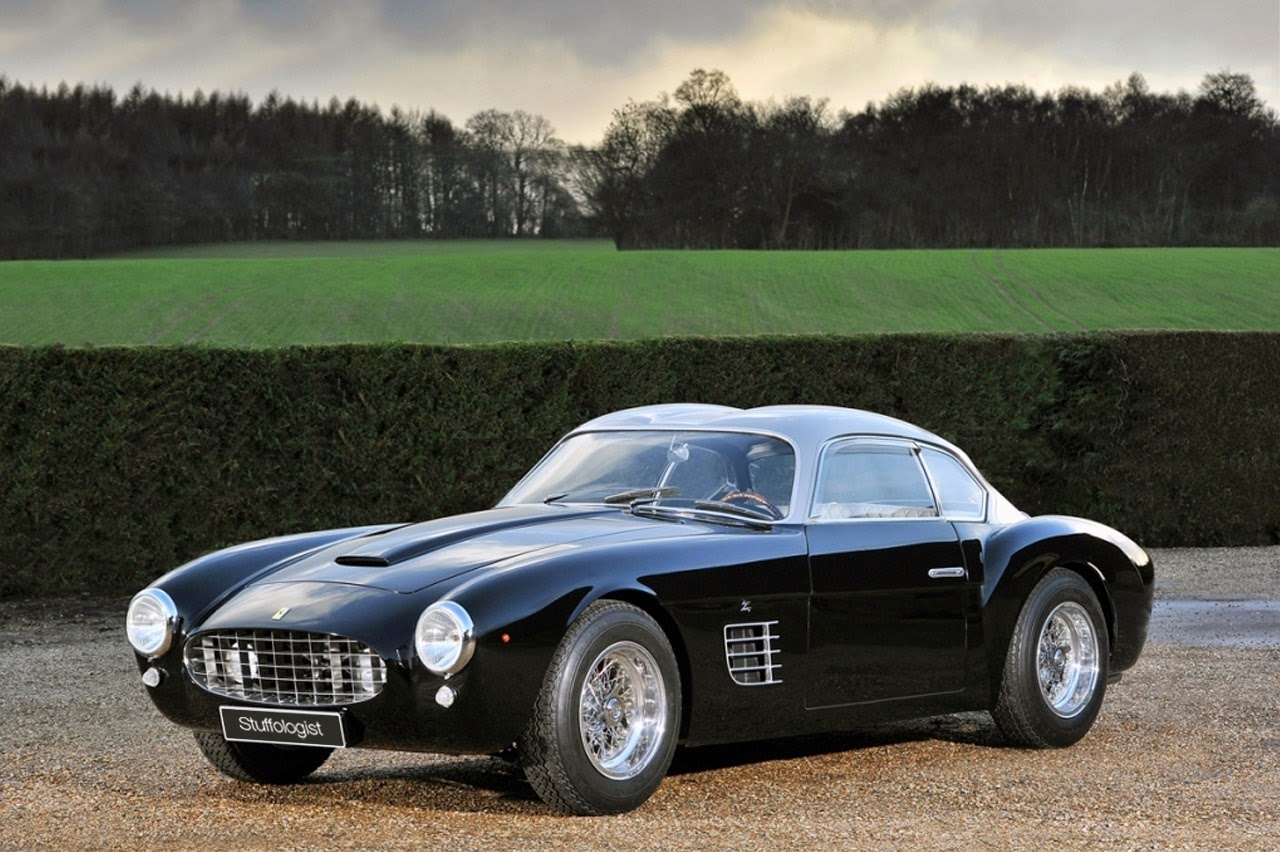
8. Ferrari 250 GT Berlinetta by Zagato
You have to hand it to Zagato, for it knows a thing or two about creating Ferrari-based masterpieces. Using the 250 GT Tour de France chassis, Zagato transformed the race car into a more opulent affair. Five were built – a Berlinetta (seen here), Coupe Corsa, Competizione, Lusso and Prototipo.
Learn more about the Ferrari 250 GT Zagato

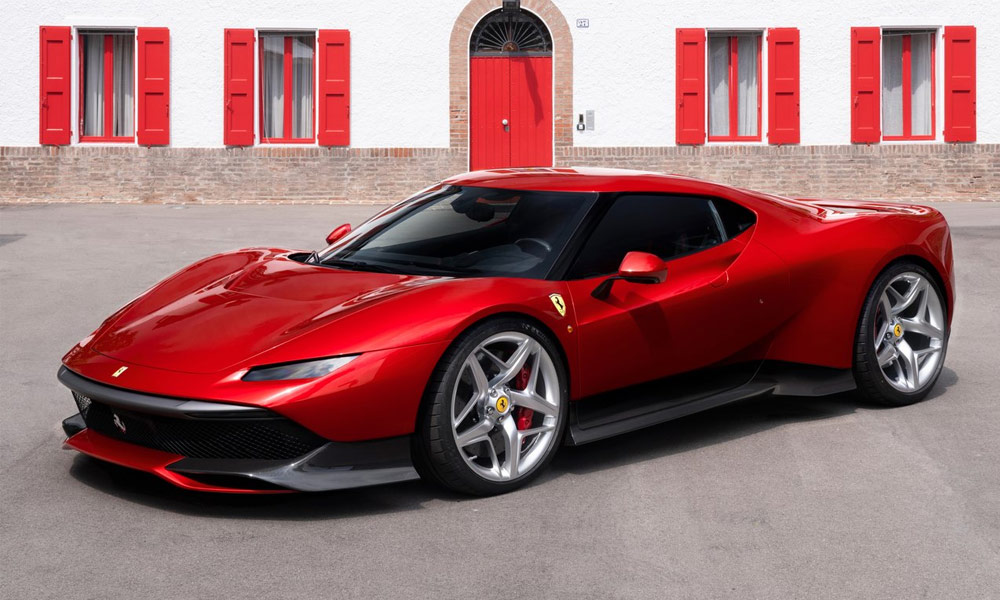
7. Ferrari SP38
The SP38 – which uses the chassis and running-gear from a 488 GTB – was built for “one of Ferrari’s most dedicated customers” who has a “deep passion for racing”. The SP38 is a modified Ferrari 488 GTB, with a cool louvered cover for the twin-turbo V8 engine and a much more dialed-back, daggerlike front fascia. We sampled the 488 a few years back and were monumentally impressed.
Learn more about the Ferrari SP38

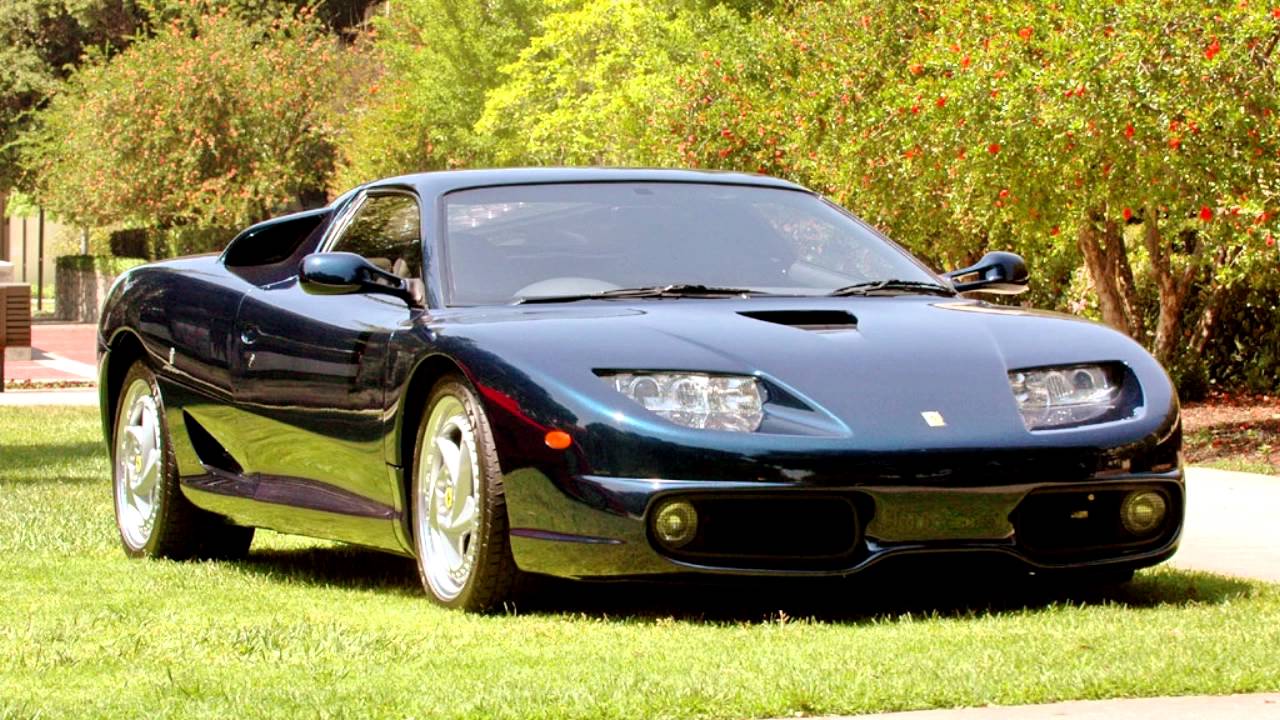
6. Ferrari FX
The FX was like many of the Sultan specials in that it used then current production car underpinnings to support newer and sometimes better bodies, interiors and drive trains. In the case of our feature car, it was modified so extensively, a new name was needed to distinguish it from the 512M it started life as. Not only is this an interesting vehicle in detail, but it is the fourth in a series of seven nearly identical cars. Each car started life at Pininfarina where the new body was fitted to the 512 superstructure. It was fabricated out of aluminum and, where possible, carbon fibre was used for panels such as the hood, doors and wheel wells.
Learn more about the Ferrari FX

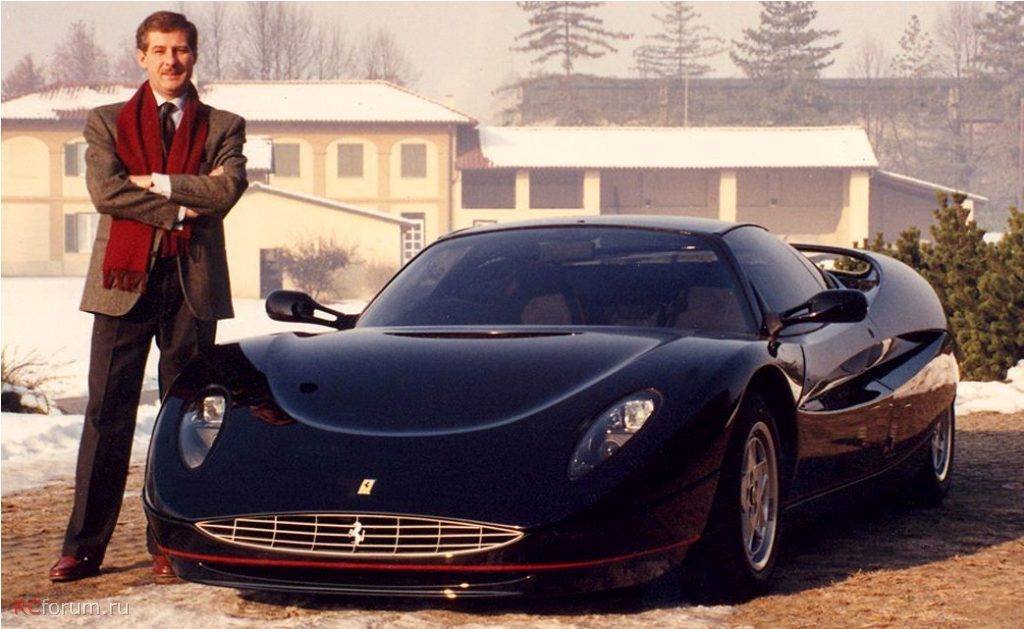
5. Ferrari F90
After almost 18 years, Ferrari acknowledged that the F90 existed and six were made for the Sultan of Brunei in 1988. The project was managed by Enrico Fumia, the head of the Research and Development department at Pininfarina. At the time, the project was top secret, so much so, Ferrari didn’t know of the project. Fumia styled the car and said the F90 name reffed to it being a “Ferrari of the ’90s.”
Learn more about the 1988 Ferrari F90

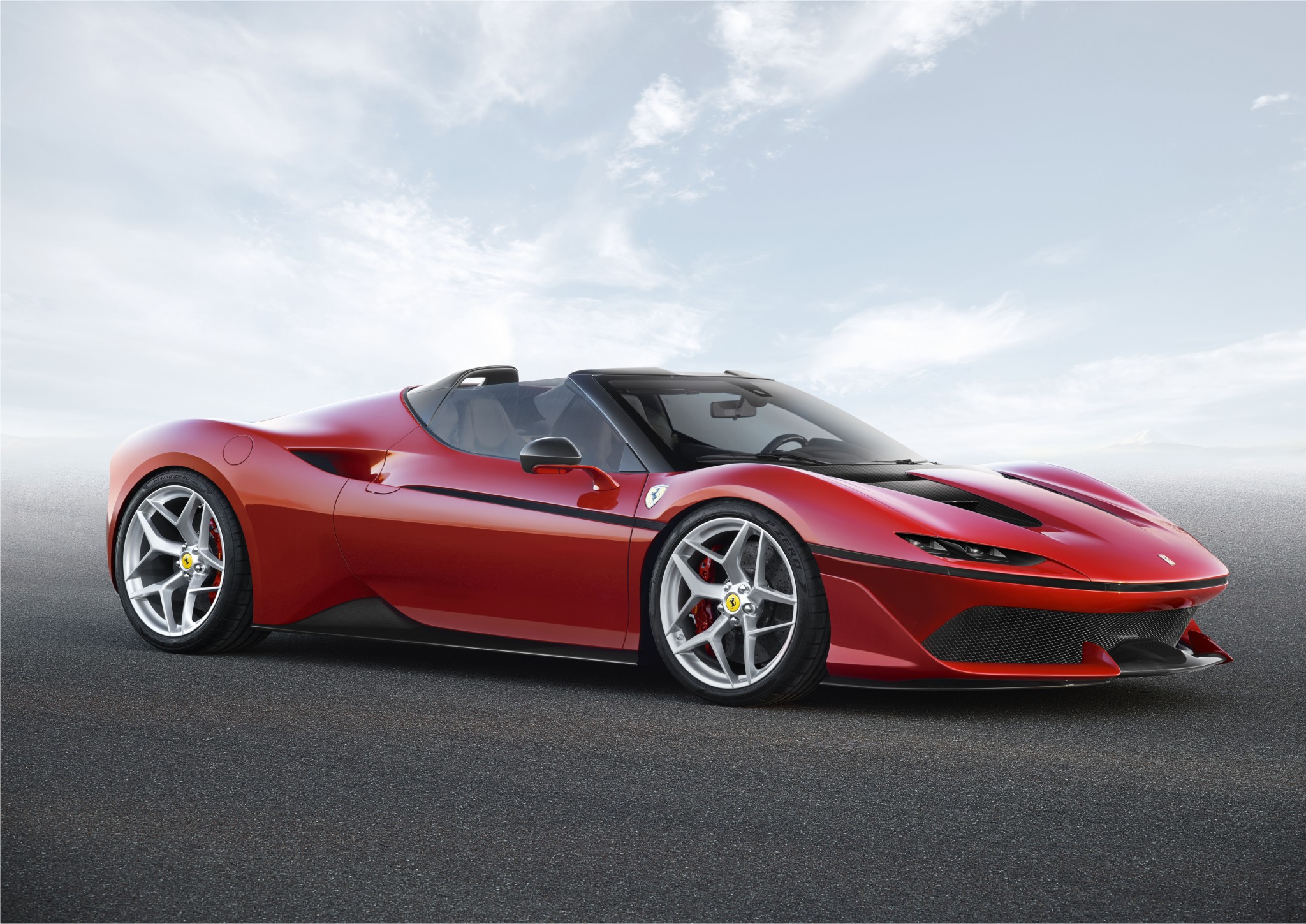
4. Ferrari J50
Ferrari does really know how to surprise us. Their introduction of a brand-new ultra-limited-edition targa version of the 488 named Ferrari J50 definitely came out as a big surprise to everyone in the automobile industry. This is a more powerful version of the 488 and in addition to that, the J50 comes with more style and exclusivity to immediately make a good impression out of everyone.
The company decided to give the J50 a power boost although in our opinion the Ferrari 488 don’t really need such kind of improvement but they still did it anyway. The Ferrari J50 is a special limited-edition car that it completely based on the 488 but packs with more power thanks to the 3.9-litre V8 cranked up to 681bhp – 20bhp.
And you say special limited-edition, it definitely is a limited-edition car with only 10 production units being built to honor the Ferrari’s 50th anniversary in Japan. This means that this is car is going to be sold at a considerably high price tag and that it will be sold out before it can even come out of the factory.
Learn more about the Ferrari J50


3. Ferrari 365 P Berlinetta Speciale
Two recovered 365 P chassis received special bodywork and this white supercar, built on chassis 8971 was one of Sergio Pininfarina’s first designs. It was built in a pair of cars ordered by Fiat Boss Gianni Agnelli, and one was prematurely displayed at the 1966 Paris Motor Show without its full running gear on Pininfarina’s stand. The 365 P was a radical platform for a new design study as it was intended as a Le Mans contender. Located midship, the 4.4 liter V12 which powered this car, produced 380 horsepower, and that was in detuned form.
Internally at Pininfarina the car was known as Coupe Ferrari 3 Posti for its unique three seat design. Much like the modern day McLaren, it has a central driver’s position with two seats at each side of the driver. This layout is advantageous because it gives a high level of visibility to the driver and maximizes interior space. Pininfarina’s exterior design lent many traits from the Dino prototypes which were shown in 1965. Because of its numerous similaries, and hefty engine, the 365P Speciale can be seen as one of the father cars to the 206/246 production cars.
Learn more about the Ferrari 365 P Berlinetta Speciale

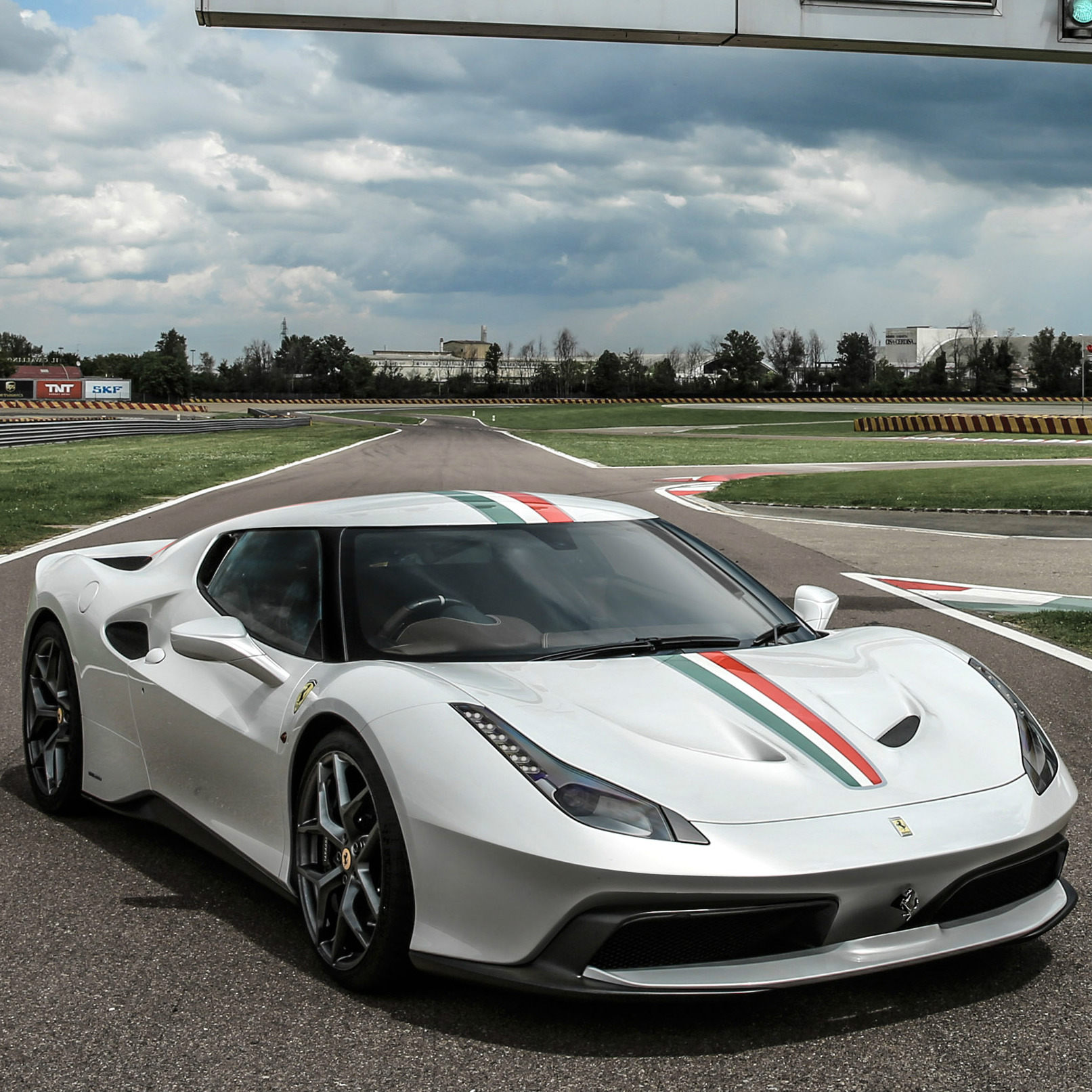
2. Ferrari 458 MM Speciale
Designed in-house by the Ferrari Styling Centre, the 458 MM Speciale was built on the chassis and running gear of the 458 Speciale. The special client was looking for extremely sporty lines and specified a ‘visor’ effect for the glasshouse: a black-painted A-pillar, very much in the style of the 1984 Ferrari GTO, helps provide a wraparound solution between the windscreen and side windows which thus meld into single, seamless glass surface.
Finished in Bianco Italia and complete with a livery that pays homage to the Italian flag, this unique coupé features all-new bodywork, handcrafted in aluminium with composite carbon-fibre bumpers front and rear. The 458 MM Speciale also boasts a new side air scoop, one of the most distinctive elements in an extensive revision of the aerodynamic package. The radically modified aerodynamic solutions are already evident on the front of the car, where the bodywork hugs the coolant radiators which are more steeply inclined and mounted closer together than on the 458 Speciale.

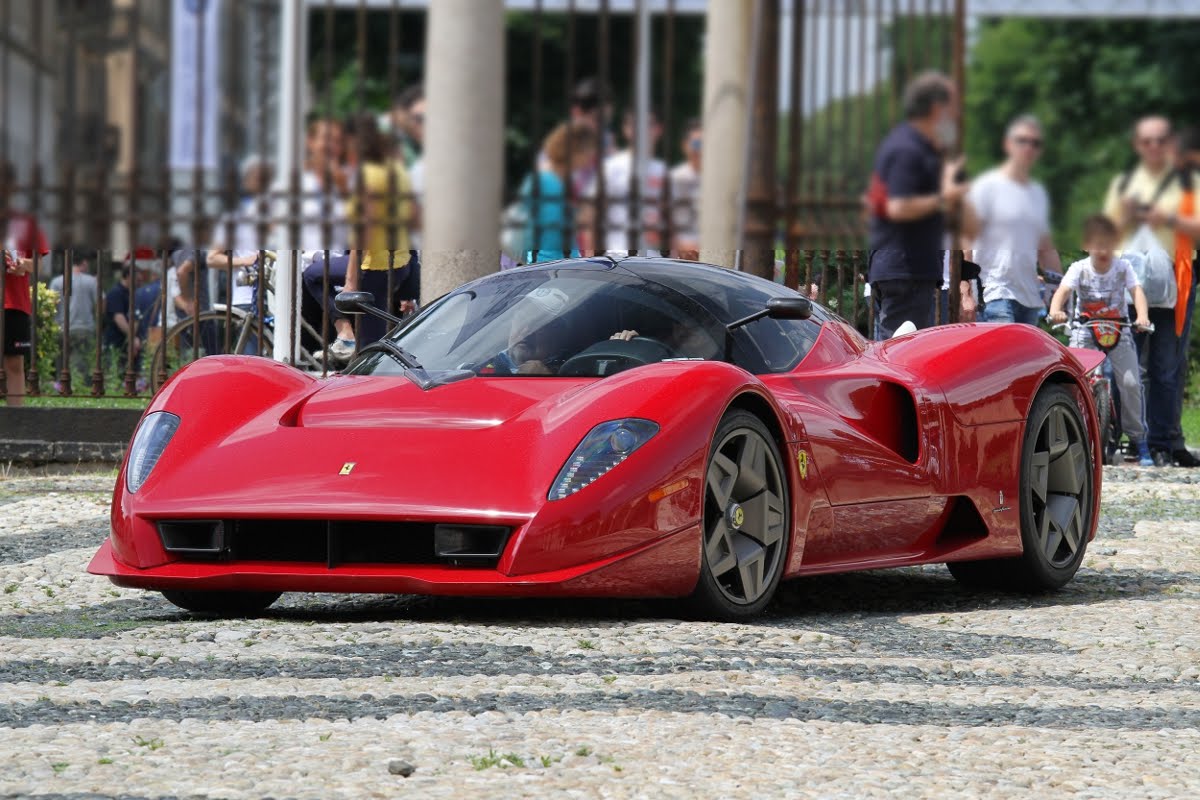
1. Ferrari P4/5 by Pininfarina
The Ferrari P4/5 (officially known as the Ferrari P4/5 by Pininfarina) is a one-off sports car made by Italian sports car manufacturer Ferrari but redesigned by Pininfarina for film director and stock exchange magnate James Glickenhaus. The so-called ‘Beast of Turin’ has an incredible backstory. James Glickenhaus was approached by Pininfarina to commission a one-off car. Glickenhaus agreed and demanded the car should be based on the last unregistered Ferrari Enzo. The car was initially an Enzo Ferrari but Glickenhaus preferred the styling of Ferrari’s 1960s race cars, the P Series.
The project cost Glickenhaus US$ 4 million and was officially presented to the public in August 2006 at the Pebble Beach Concours d’Elégance. Several websites were allowed to publish images of the clay model in July 2006. So impressed was he with the results, the then Ferrari chairman, Luca di Montezemolo agreed to have the Ferrari badge on the front.
Learn more about the Ferrari P4/5 By Pininfarina

 Photo courtesy of Barret-Jackson
Photo courtesy of Barret-Jackson